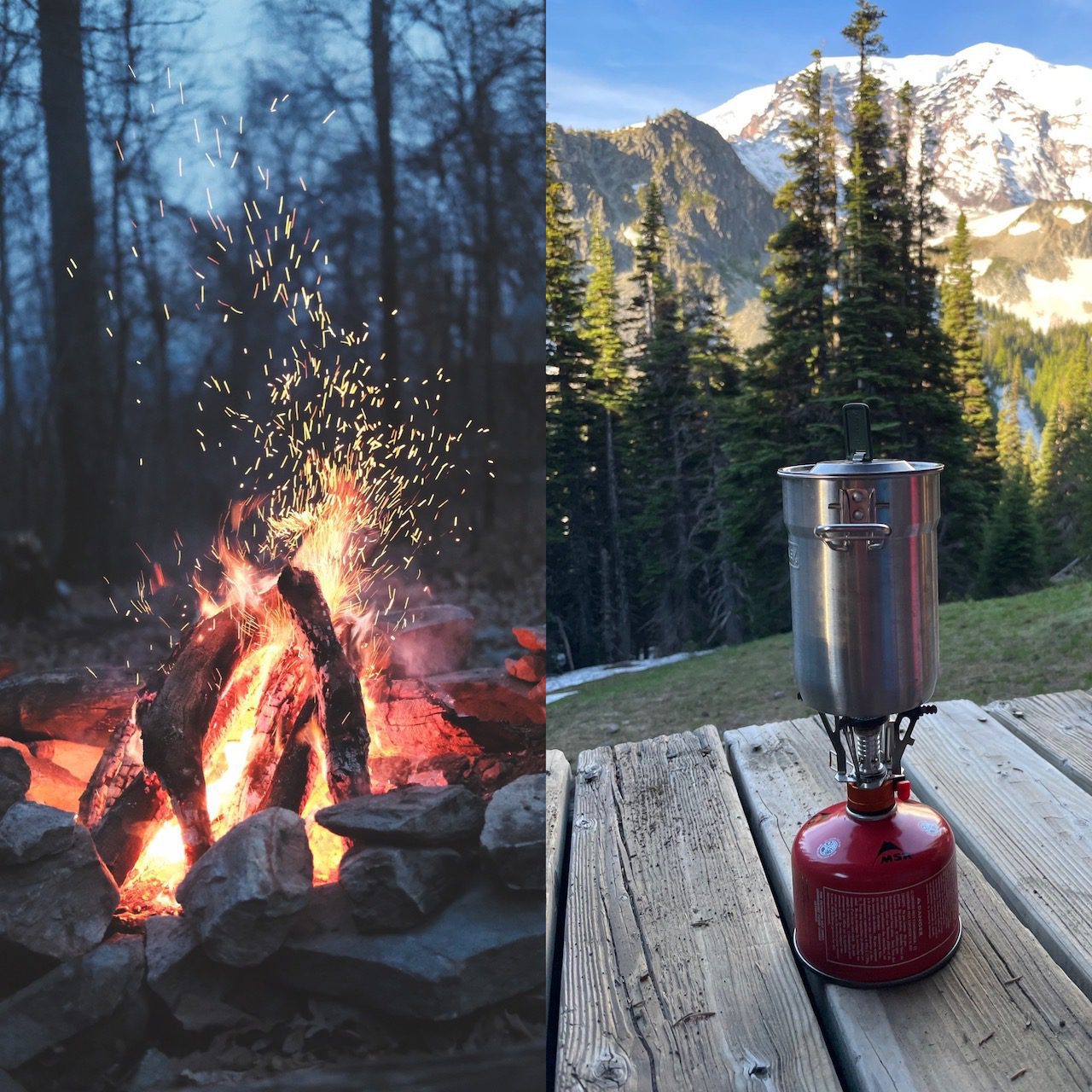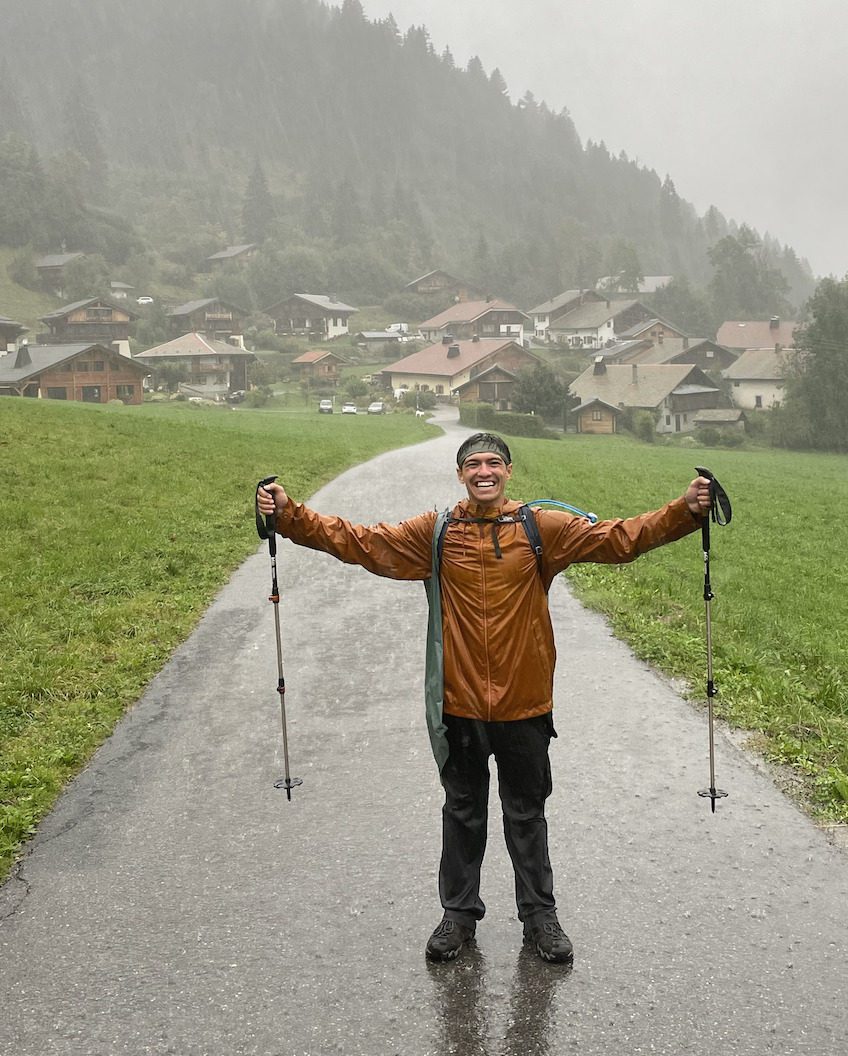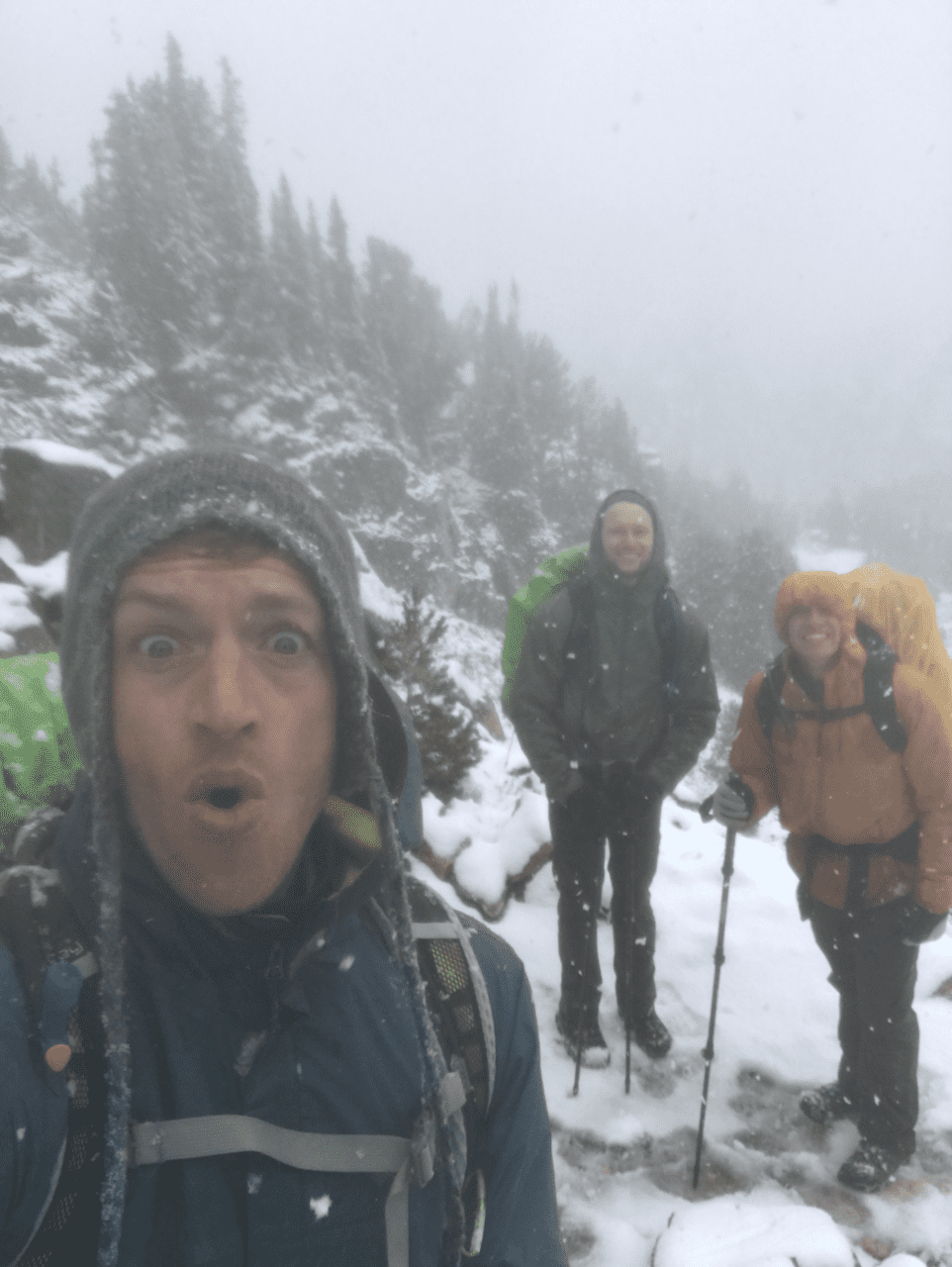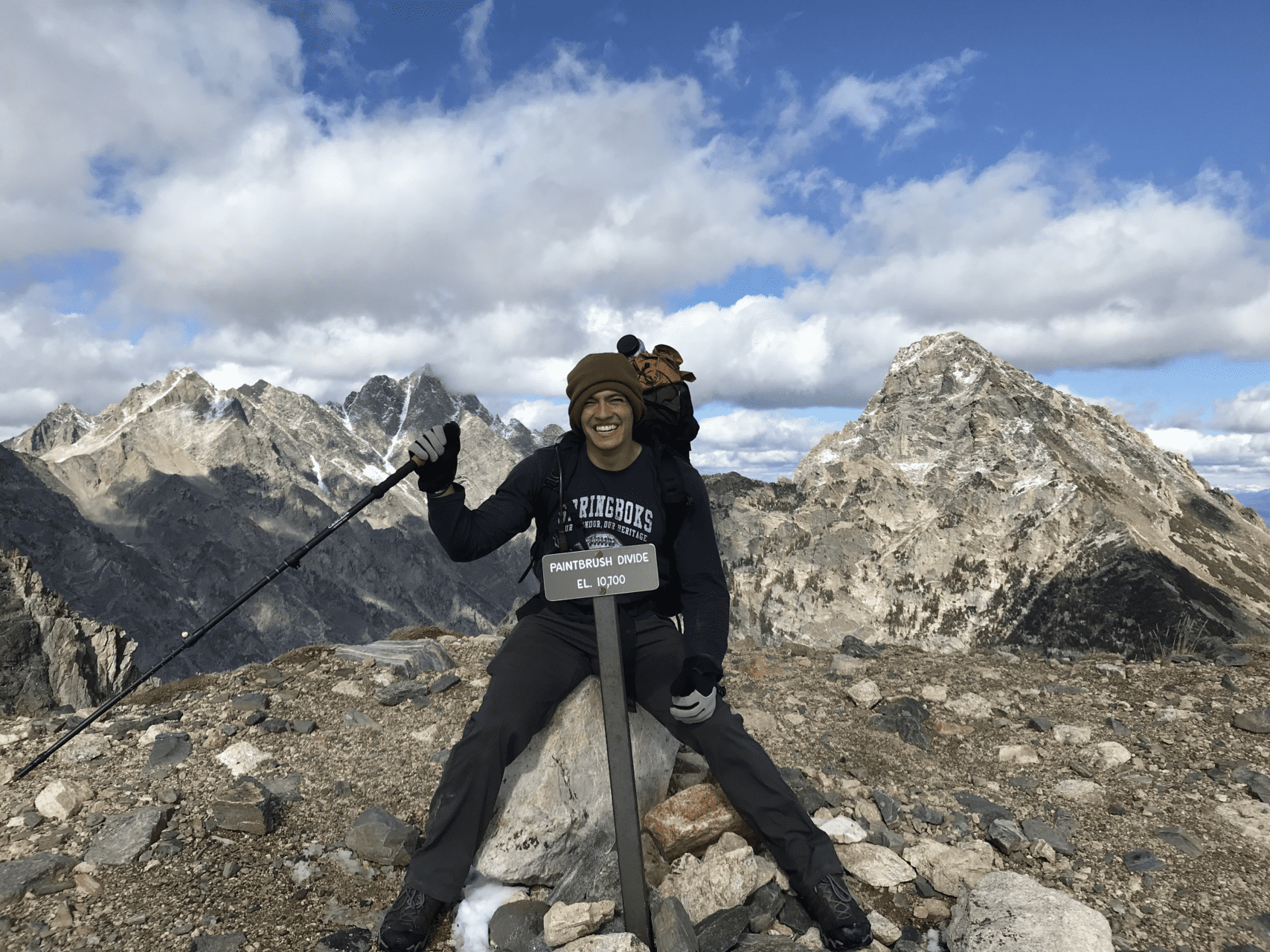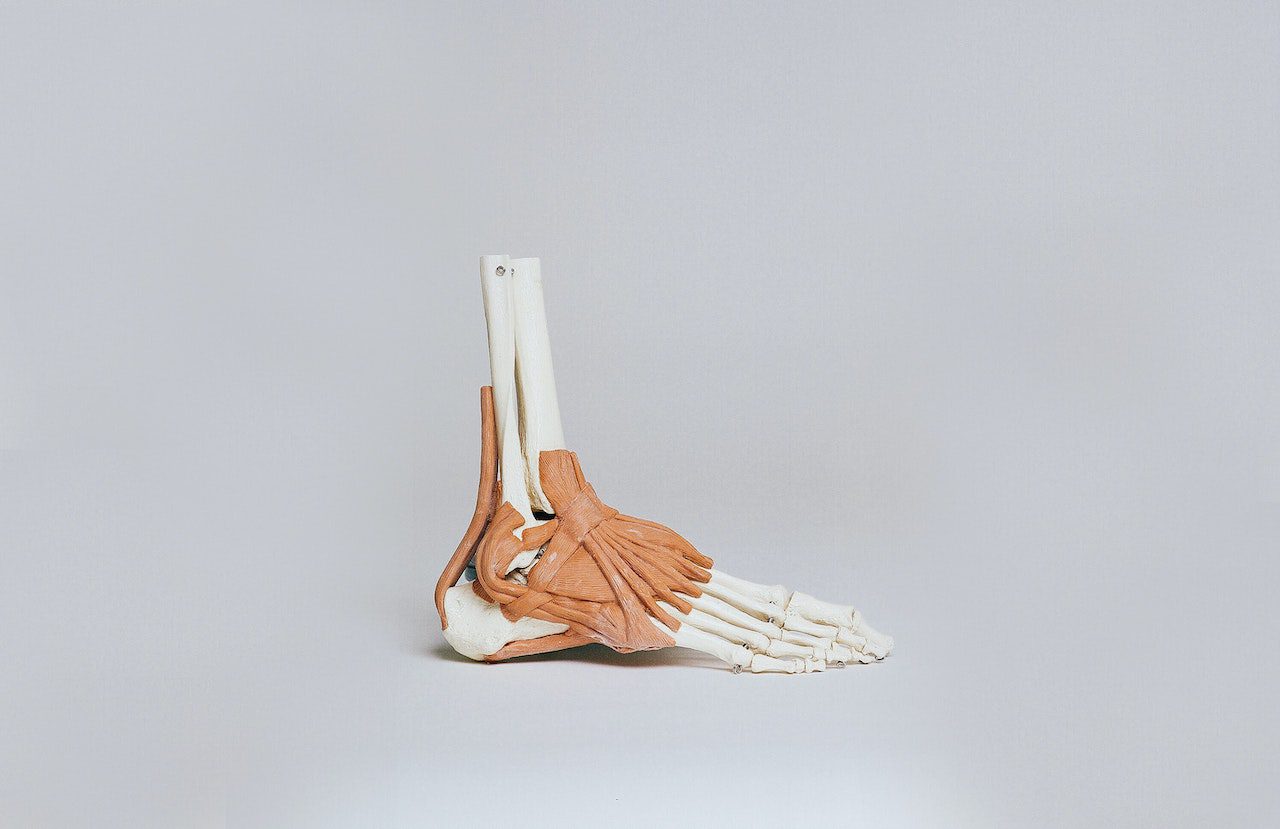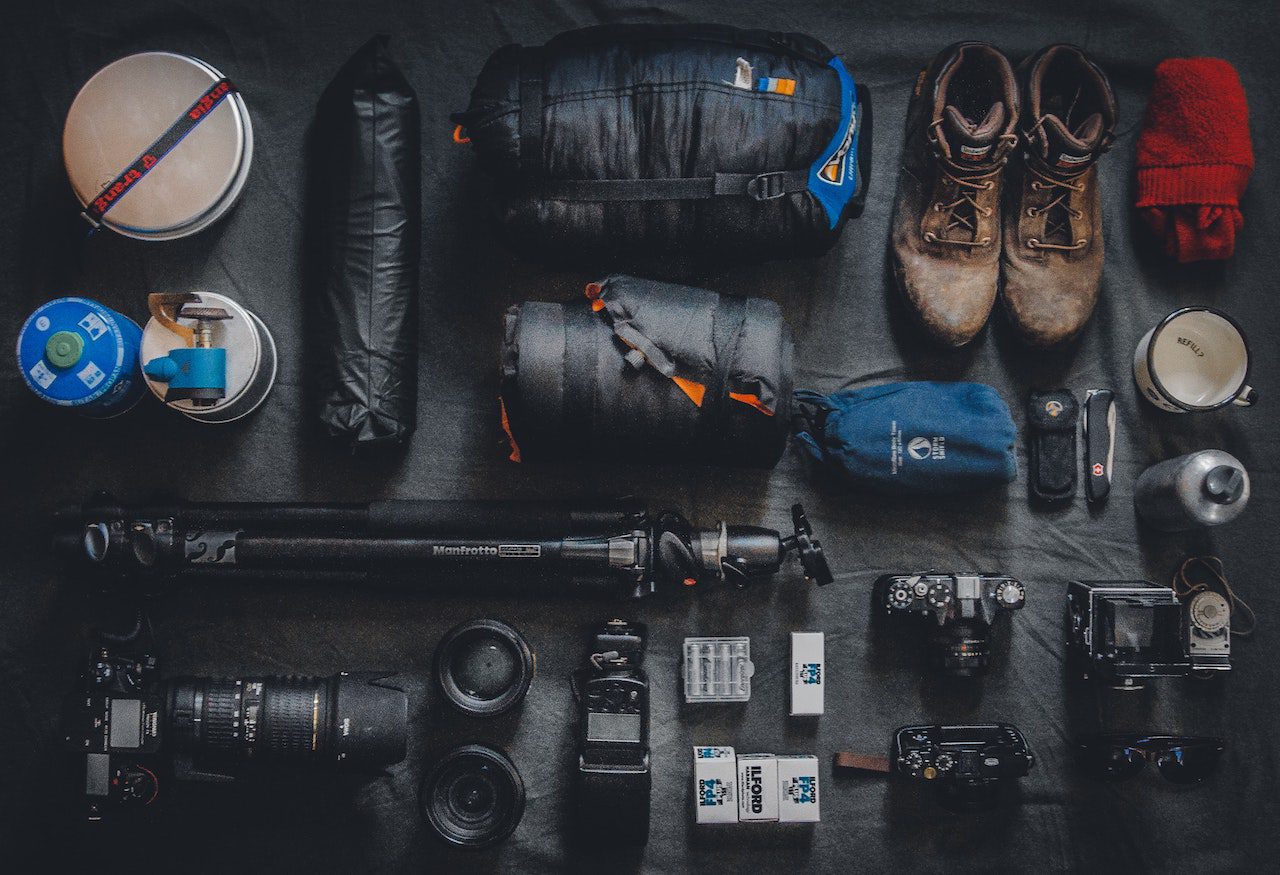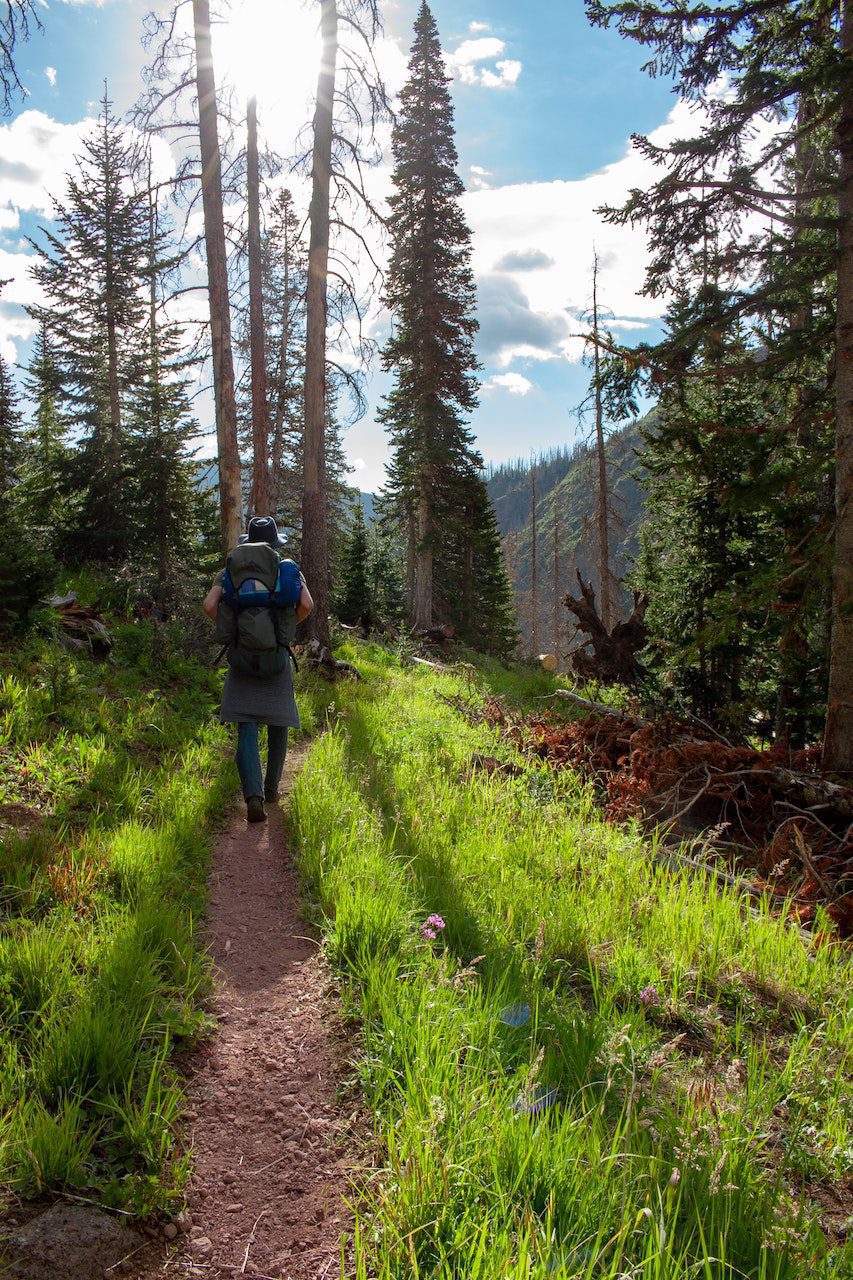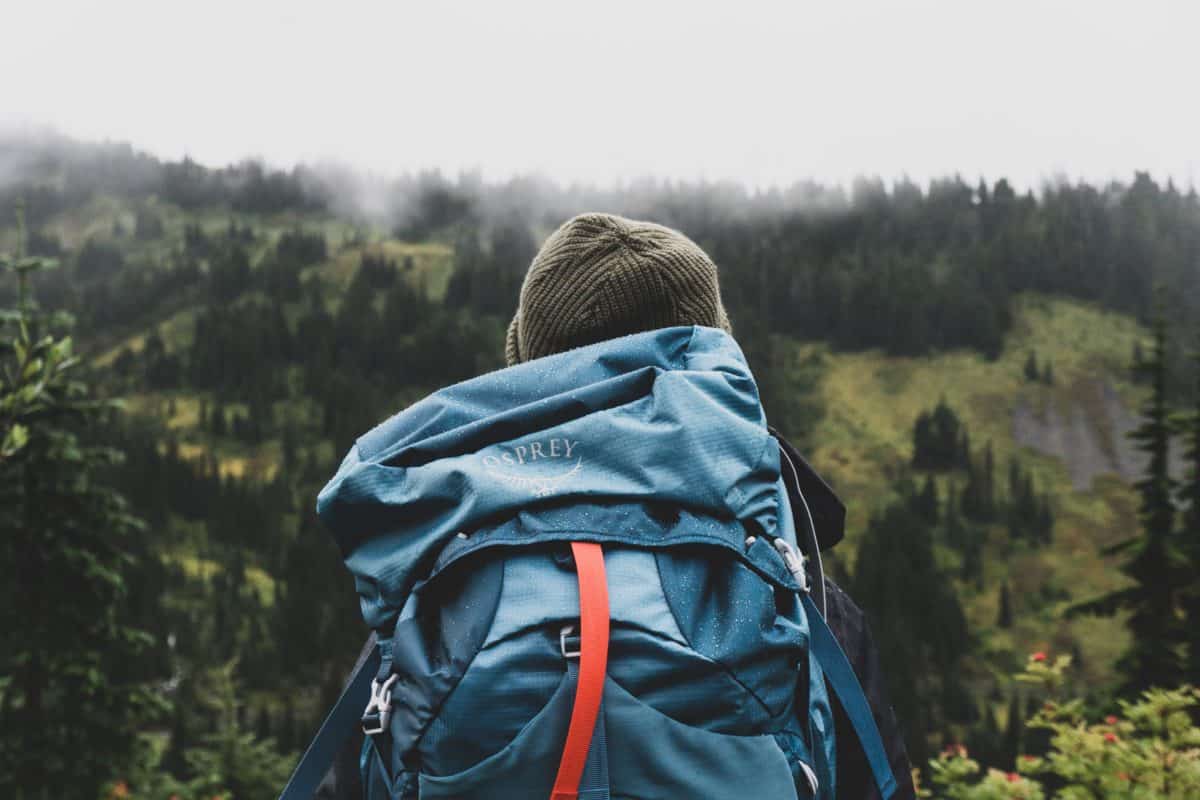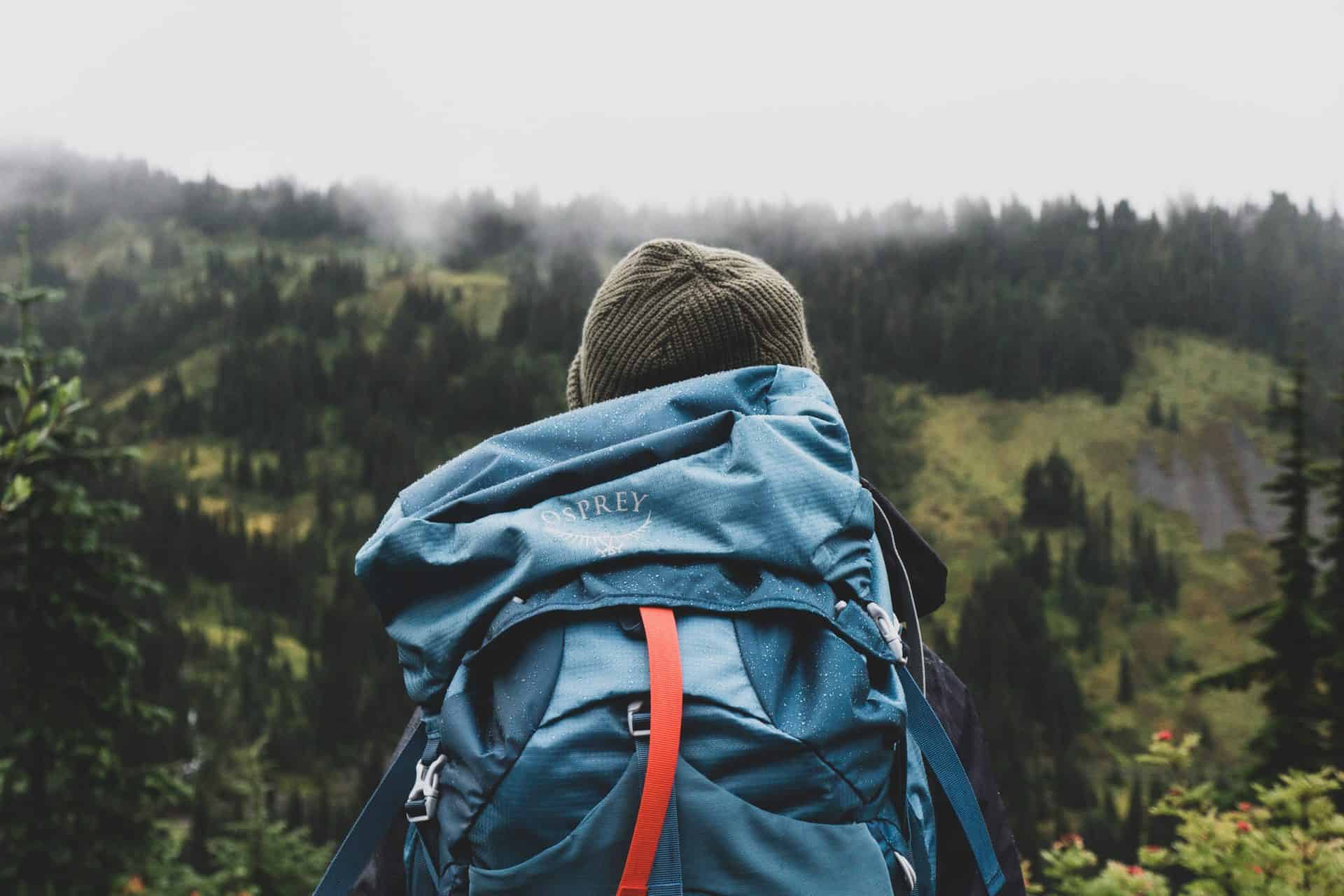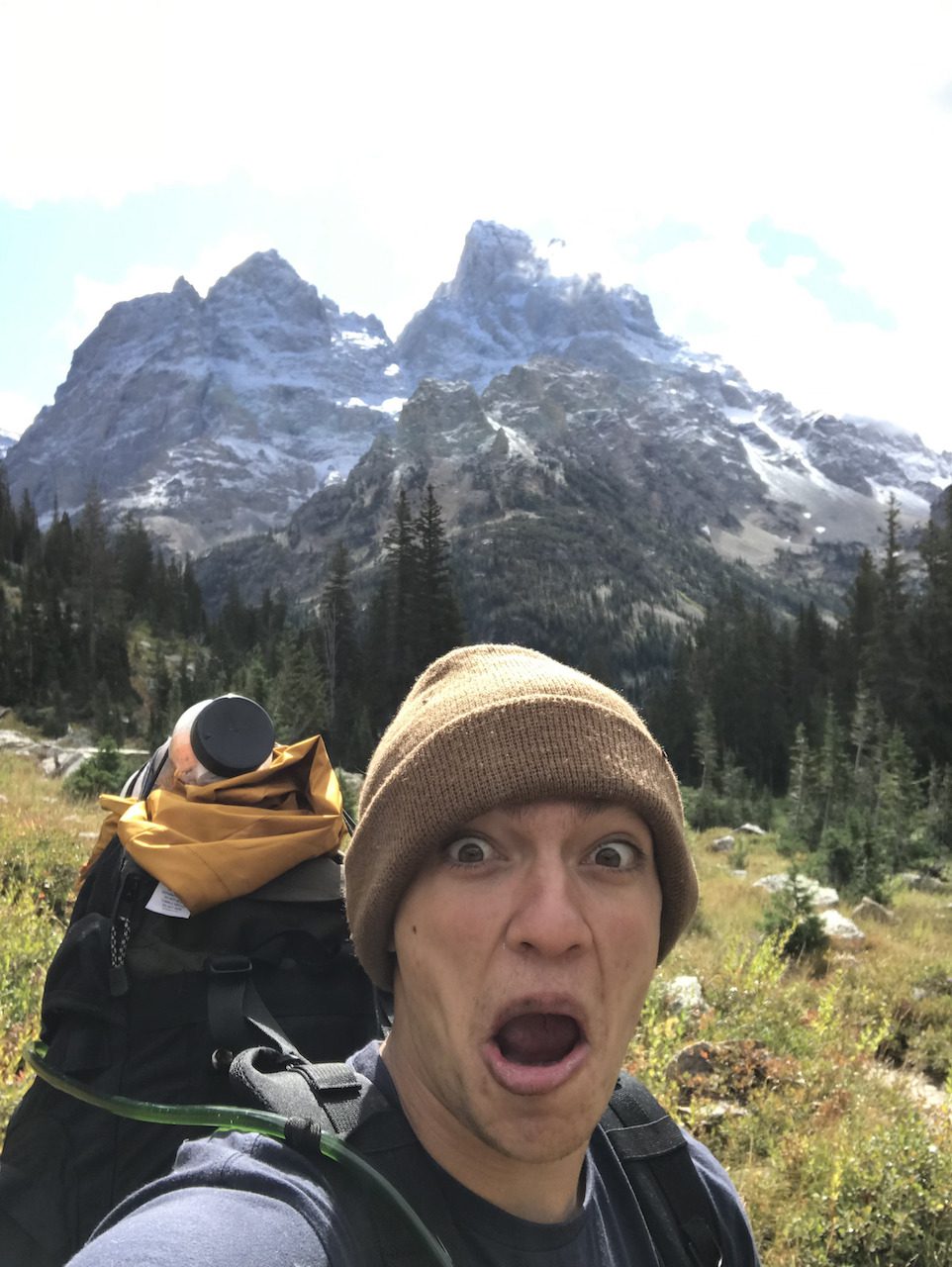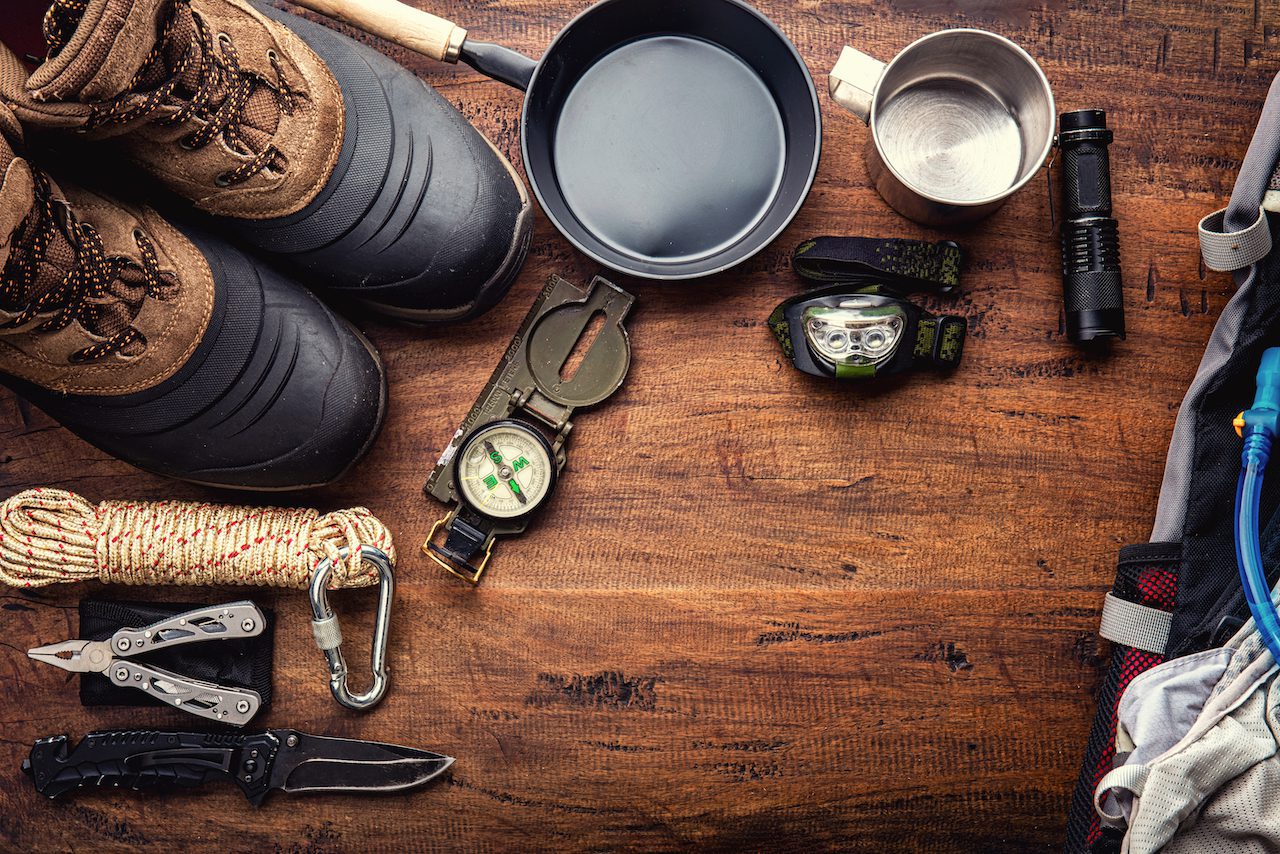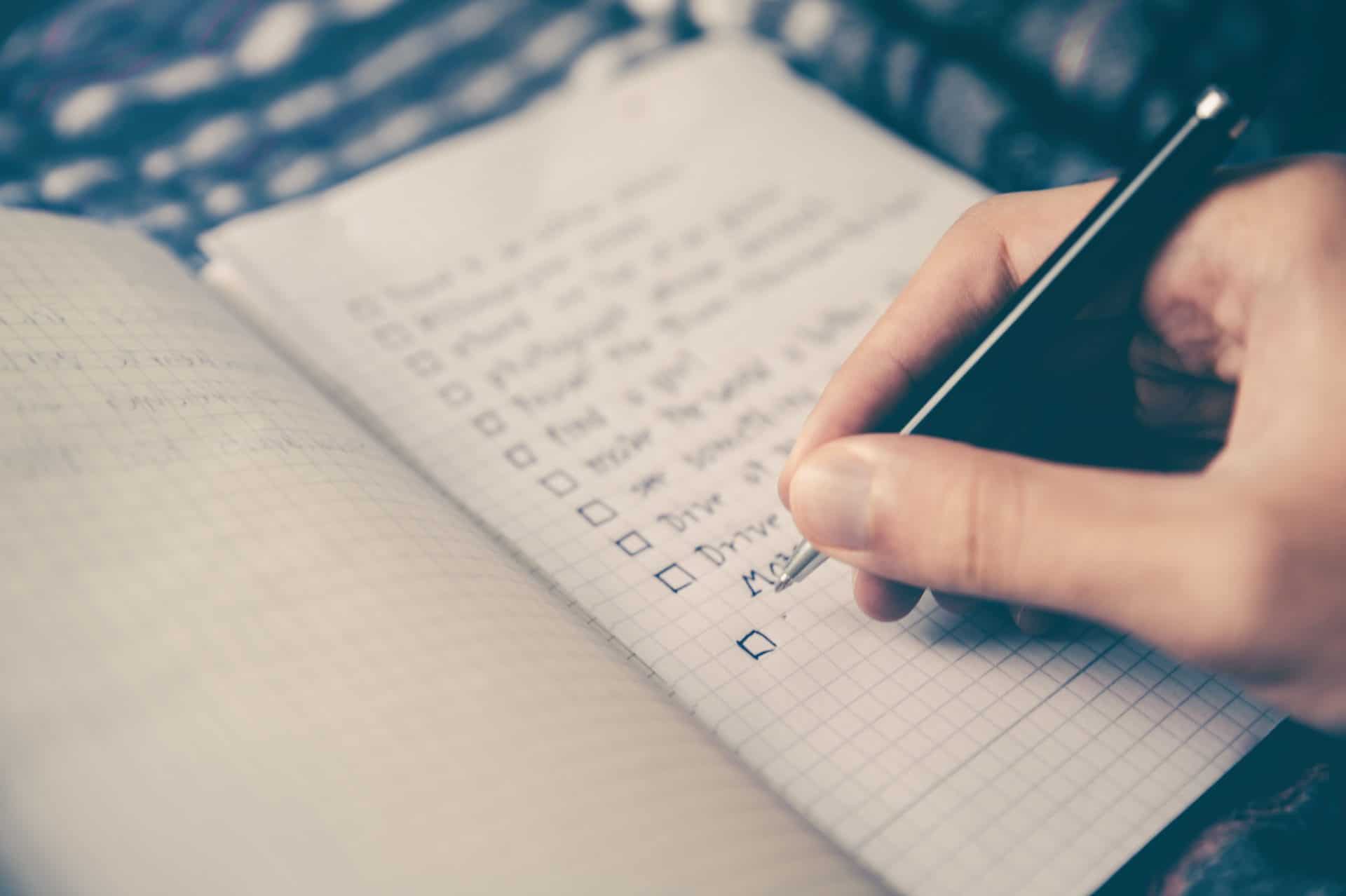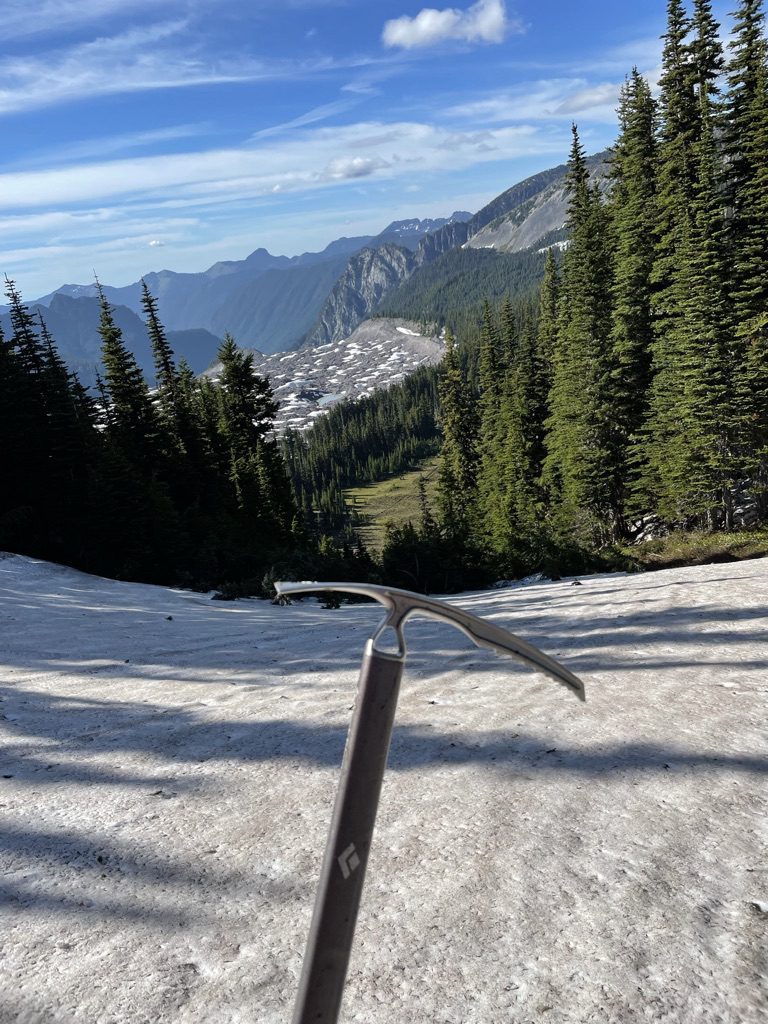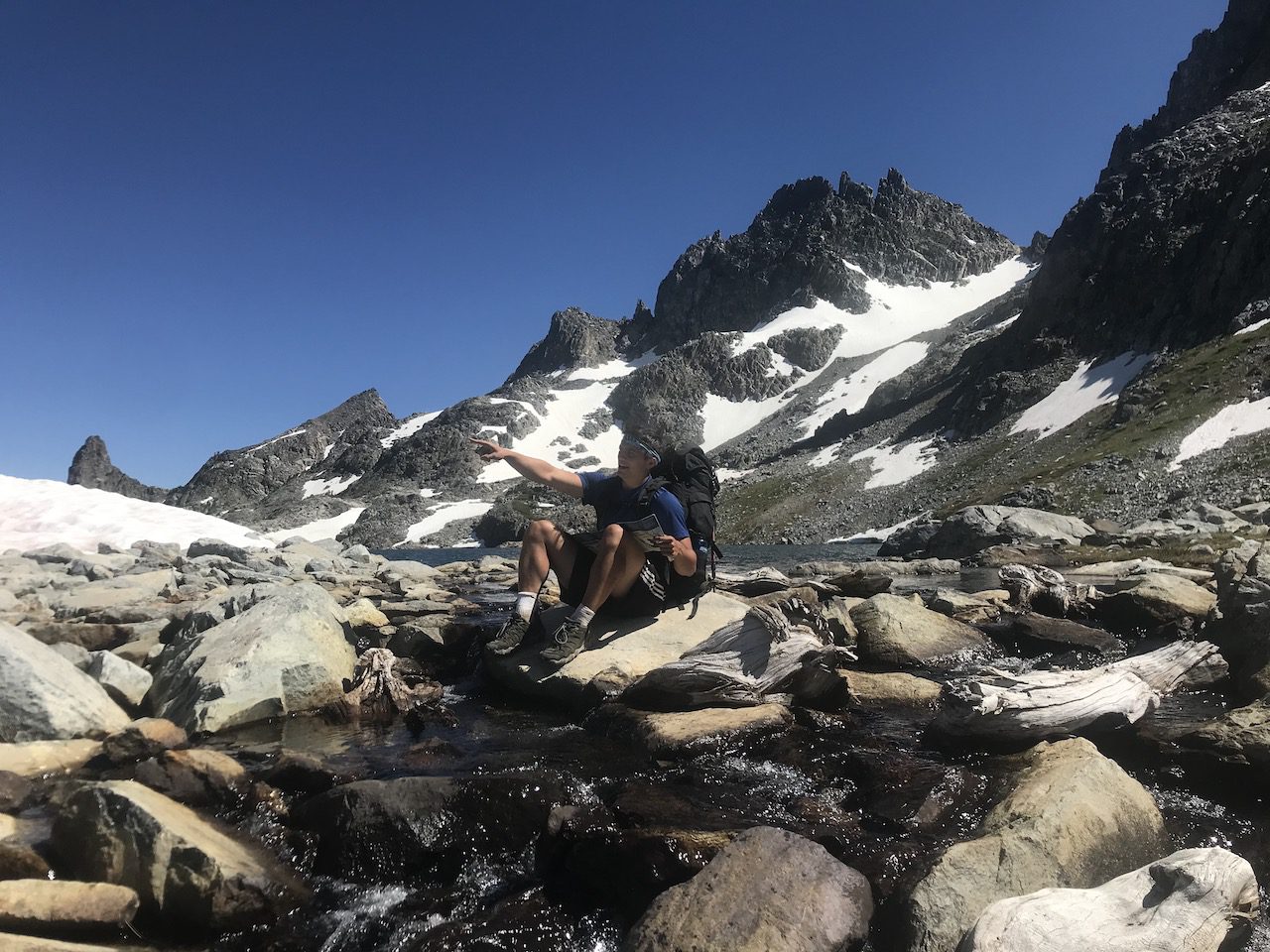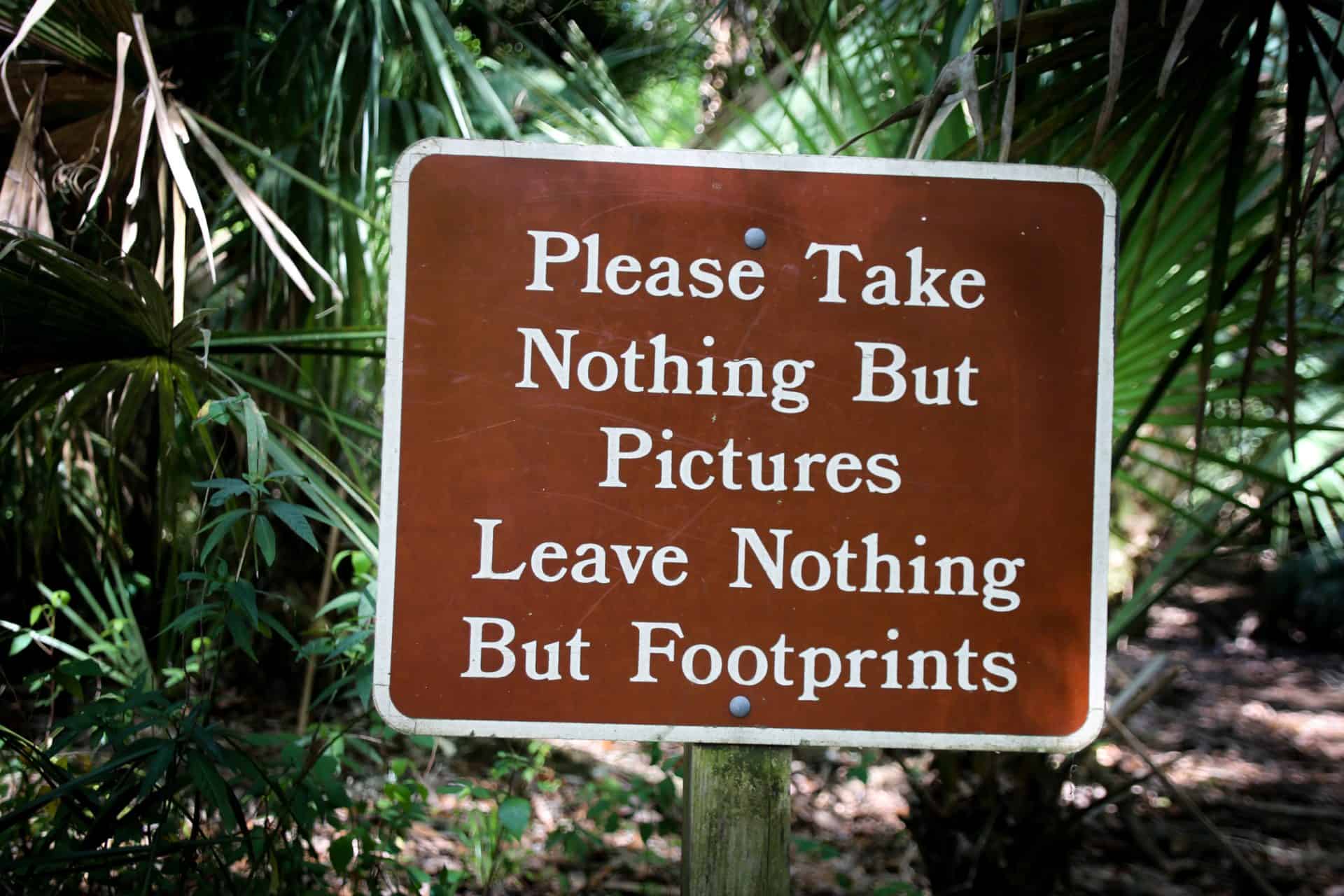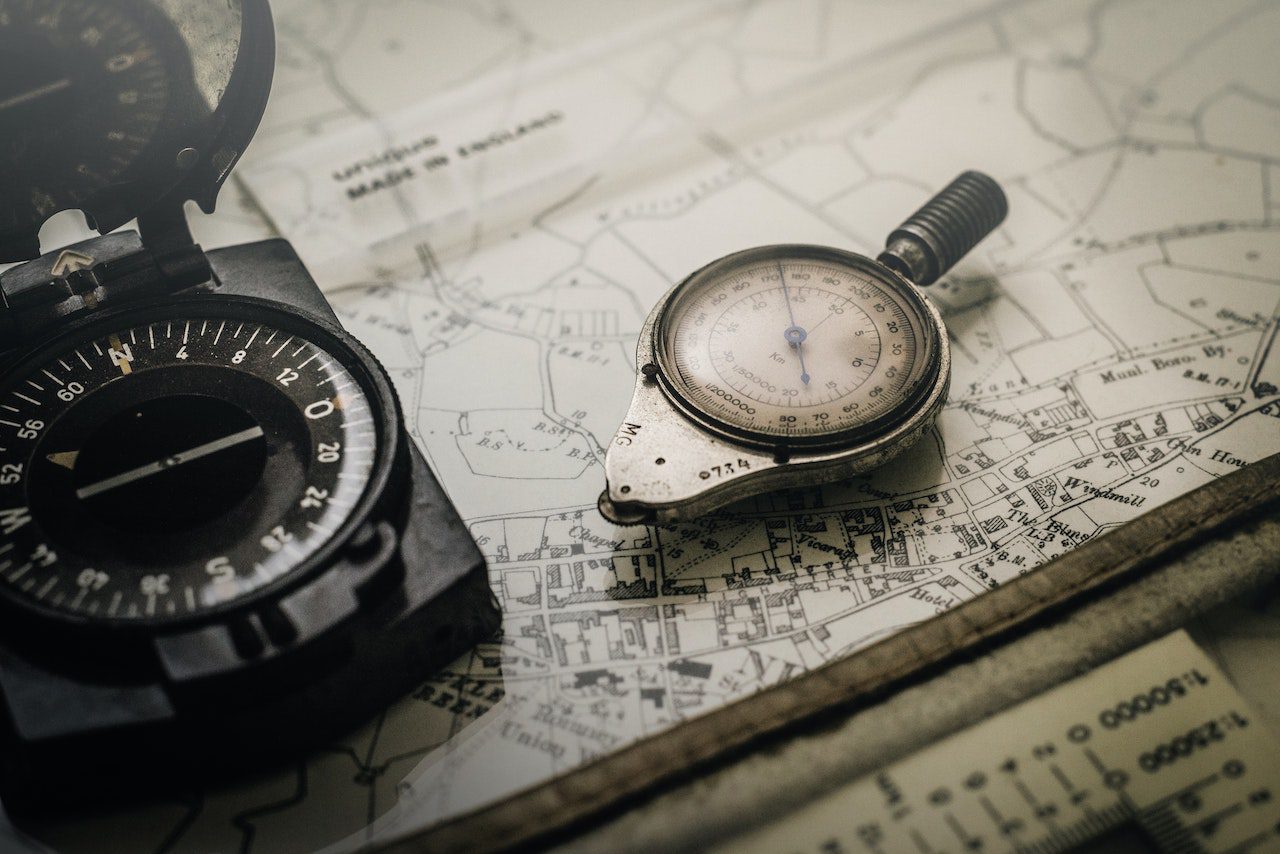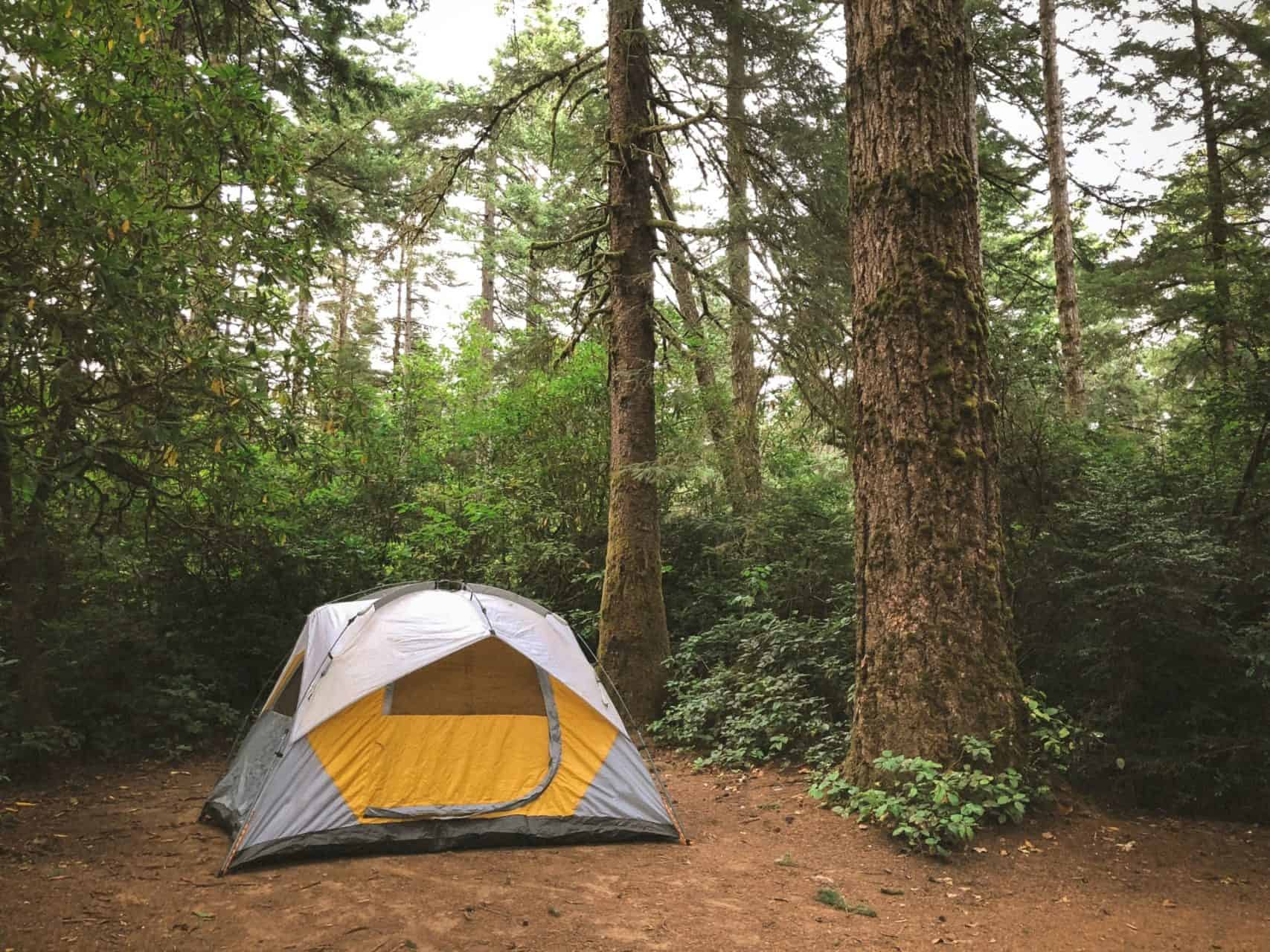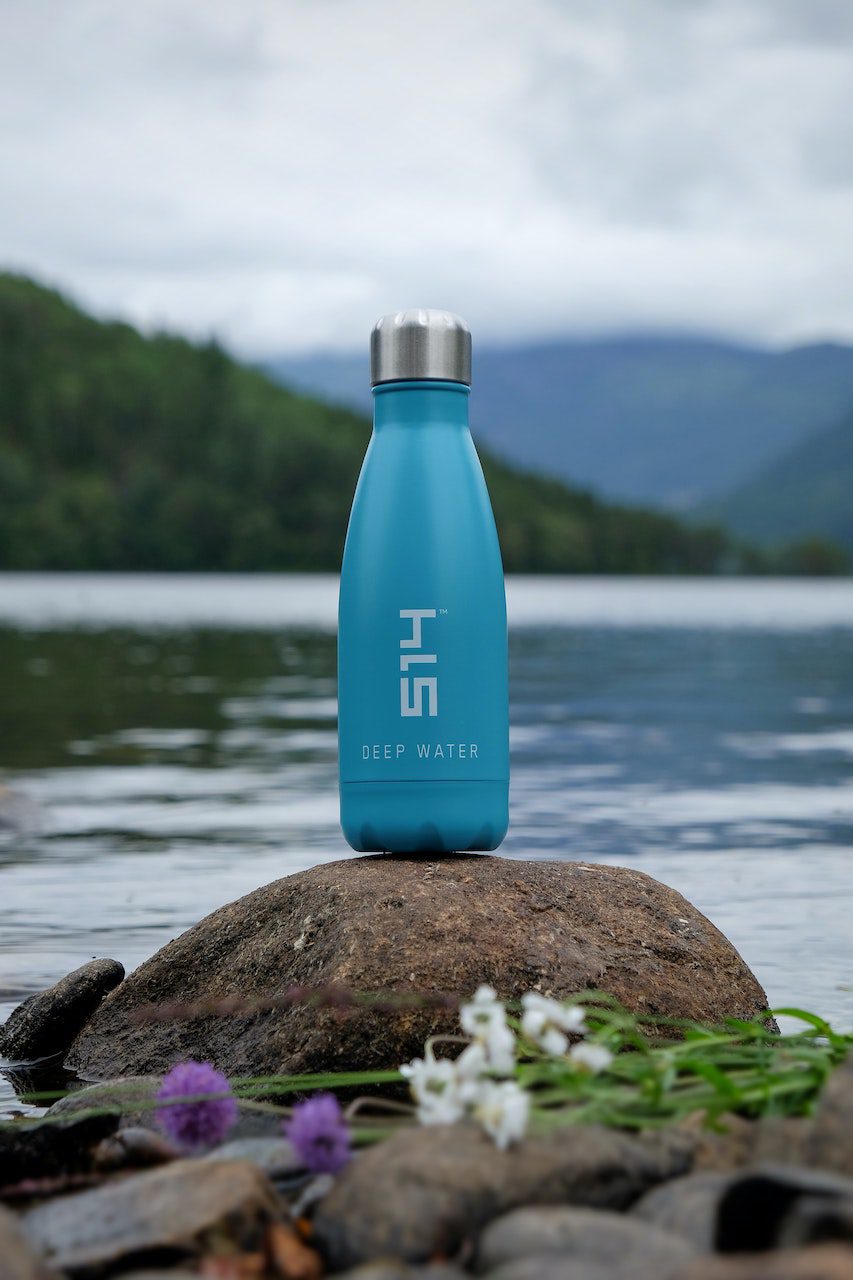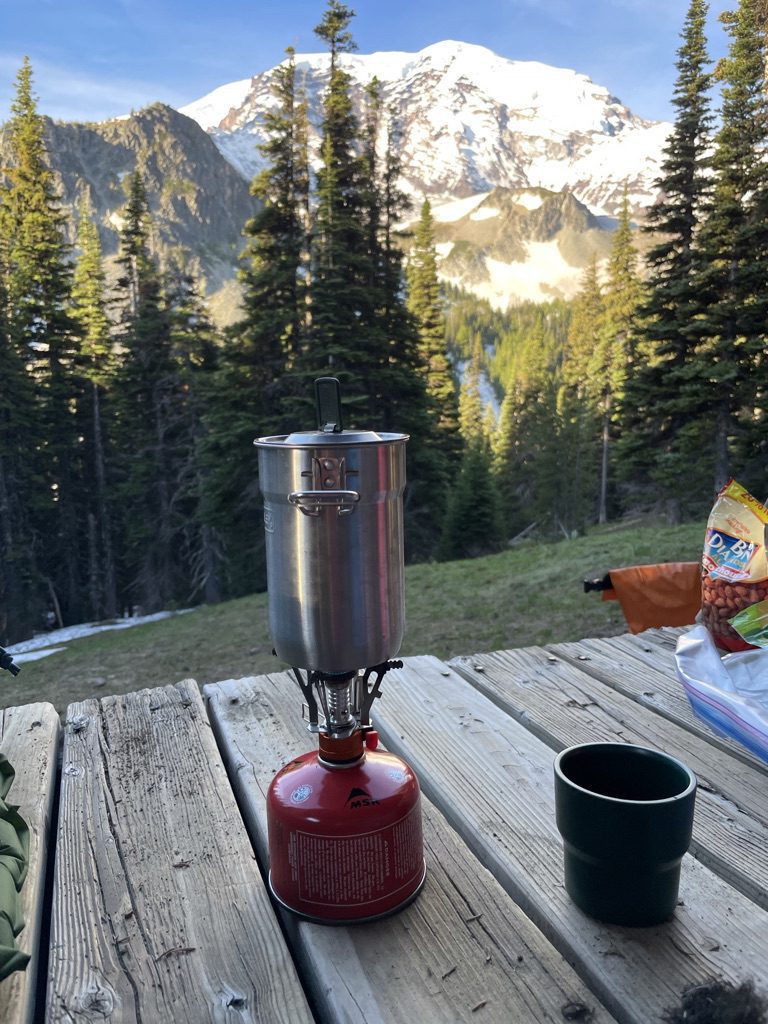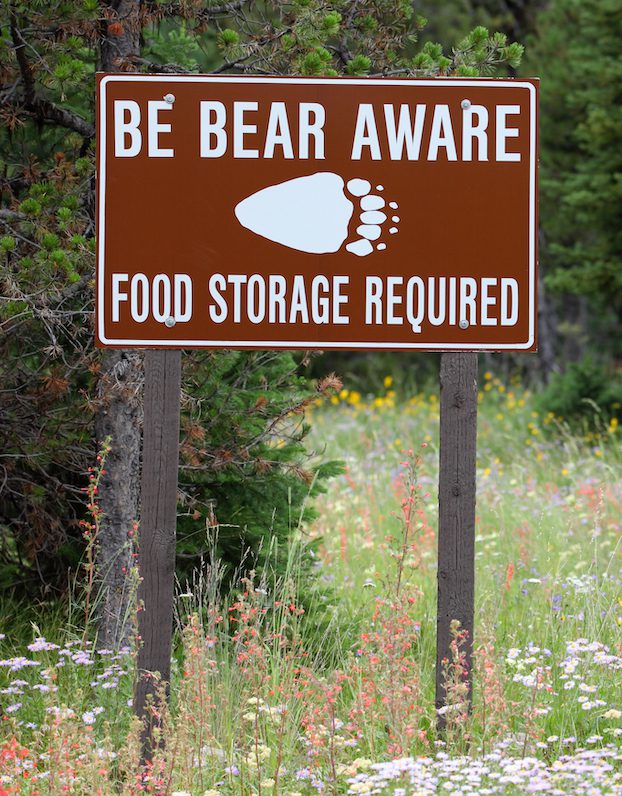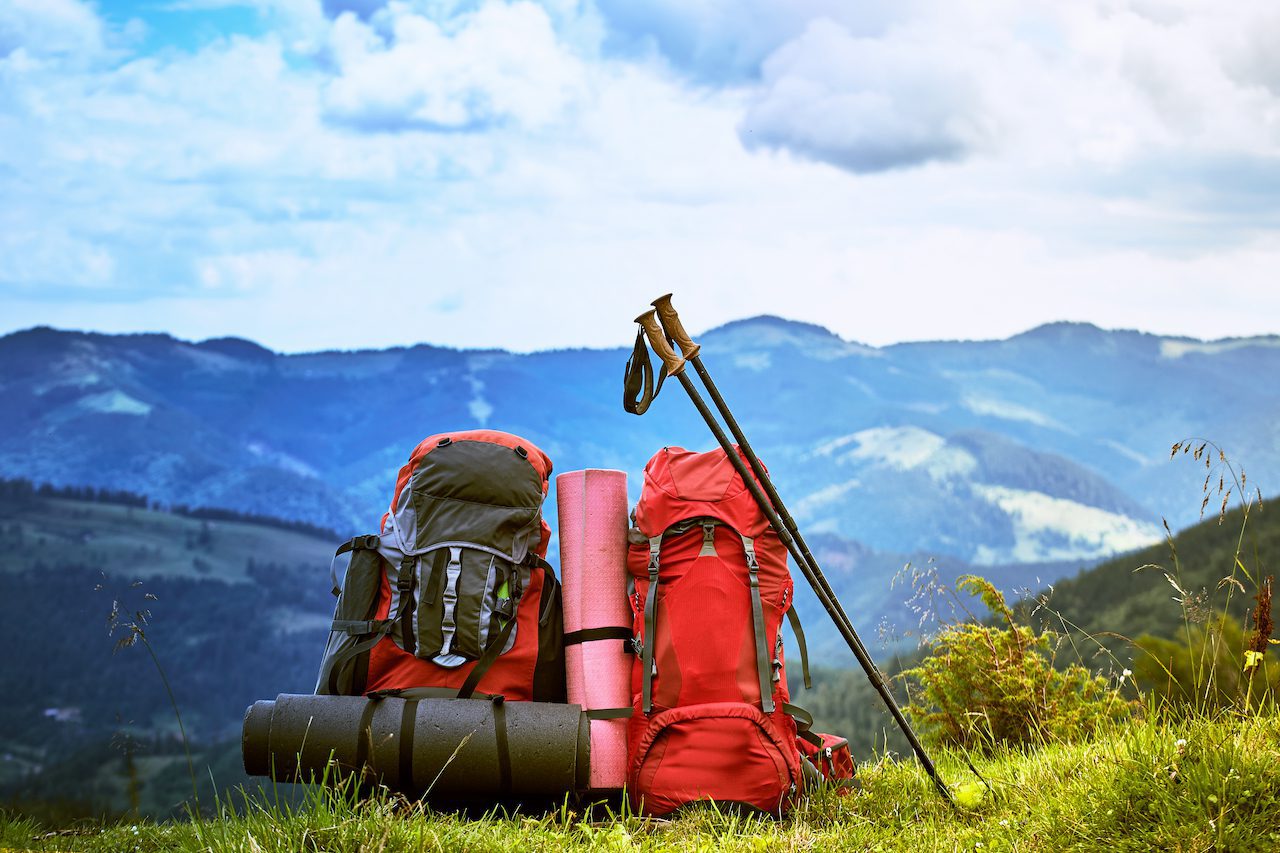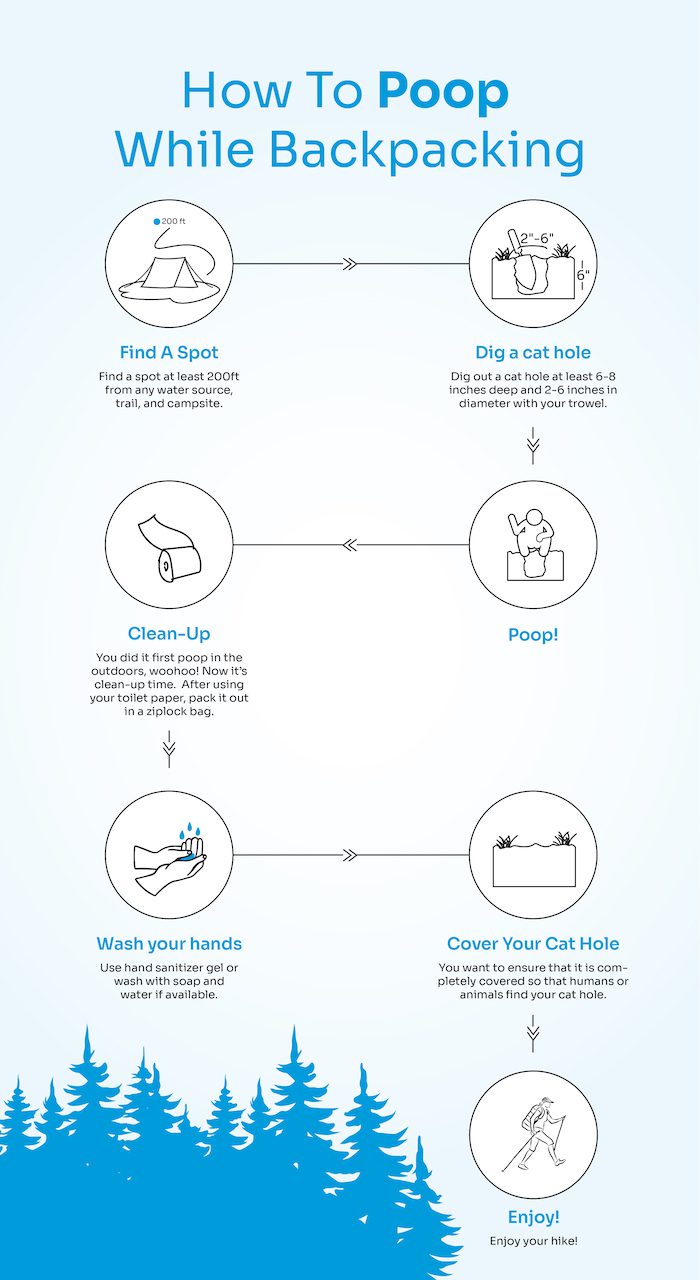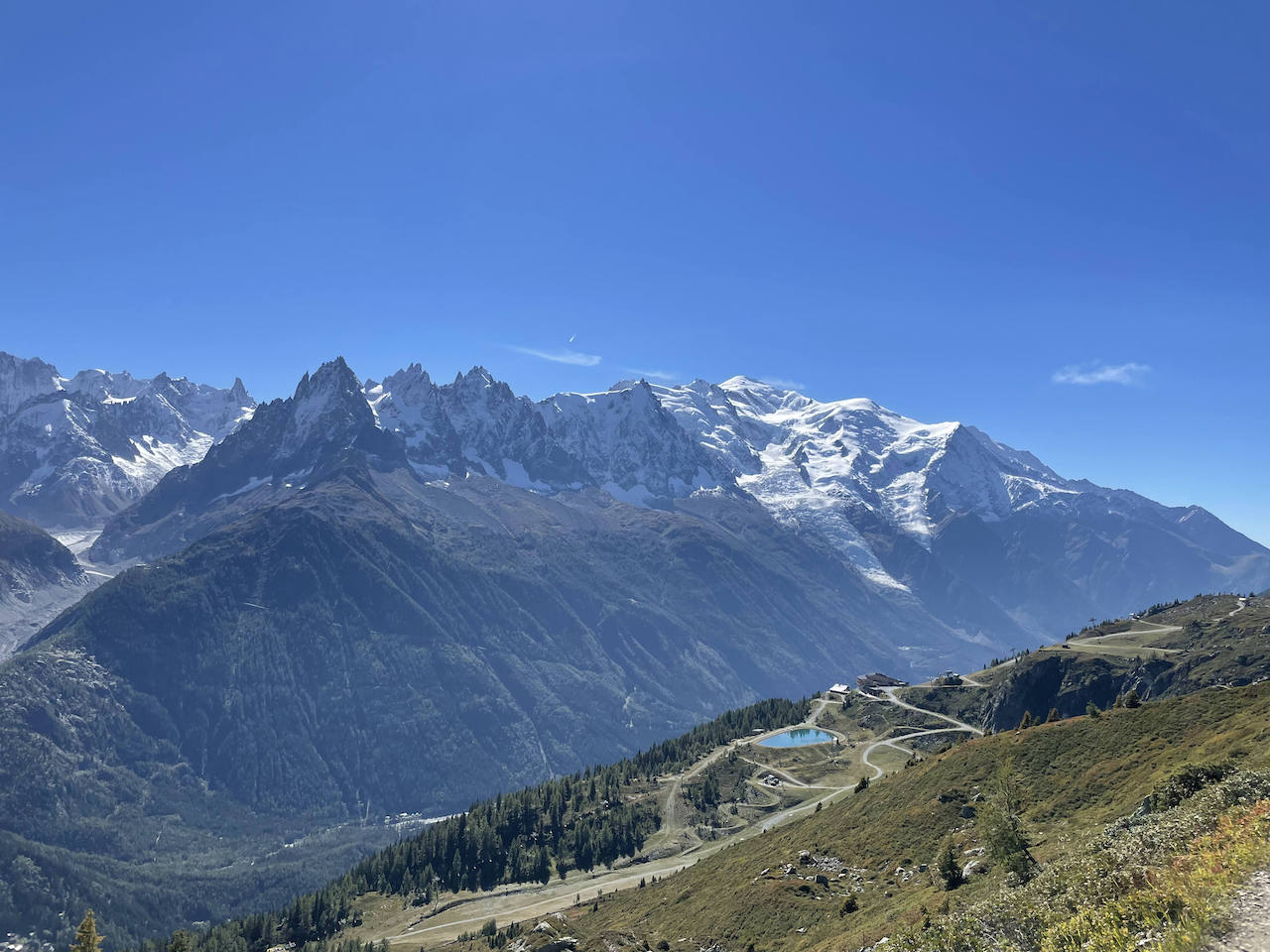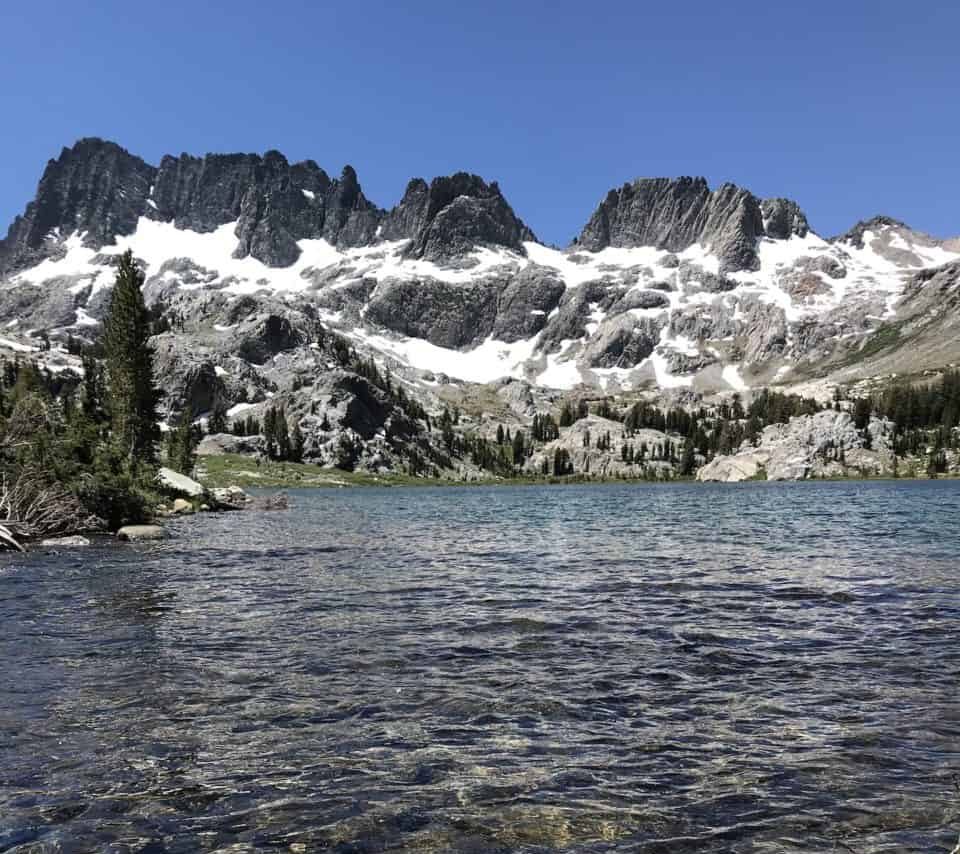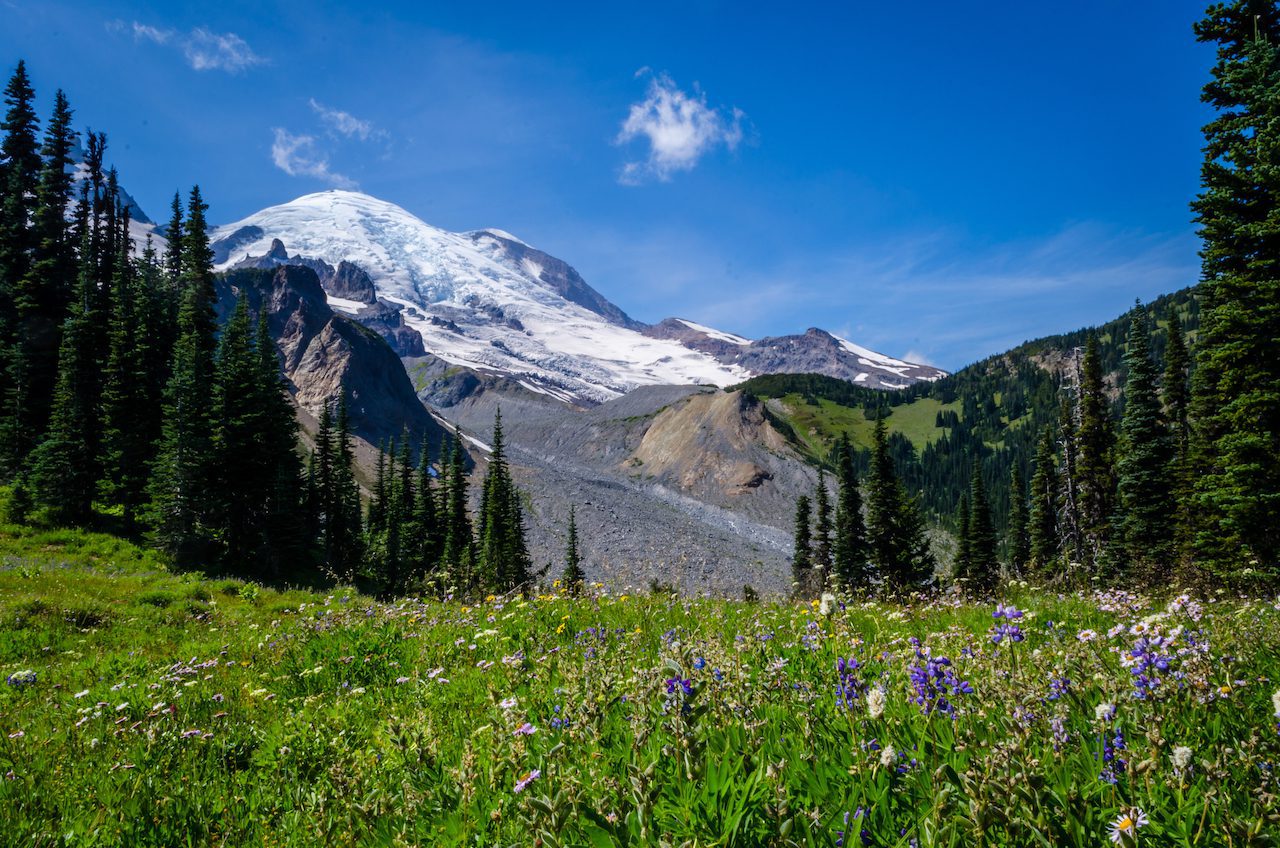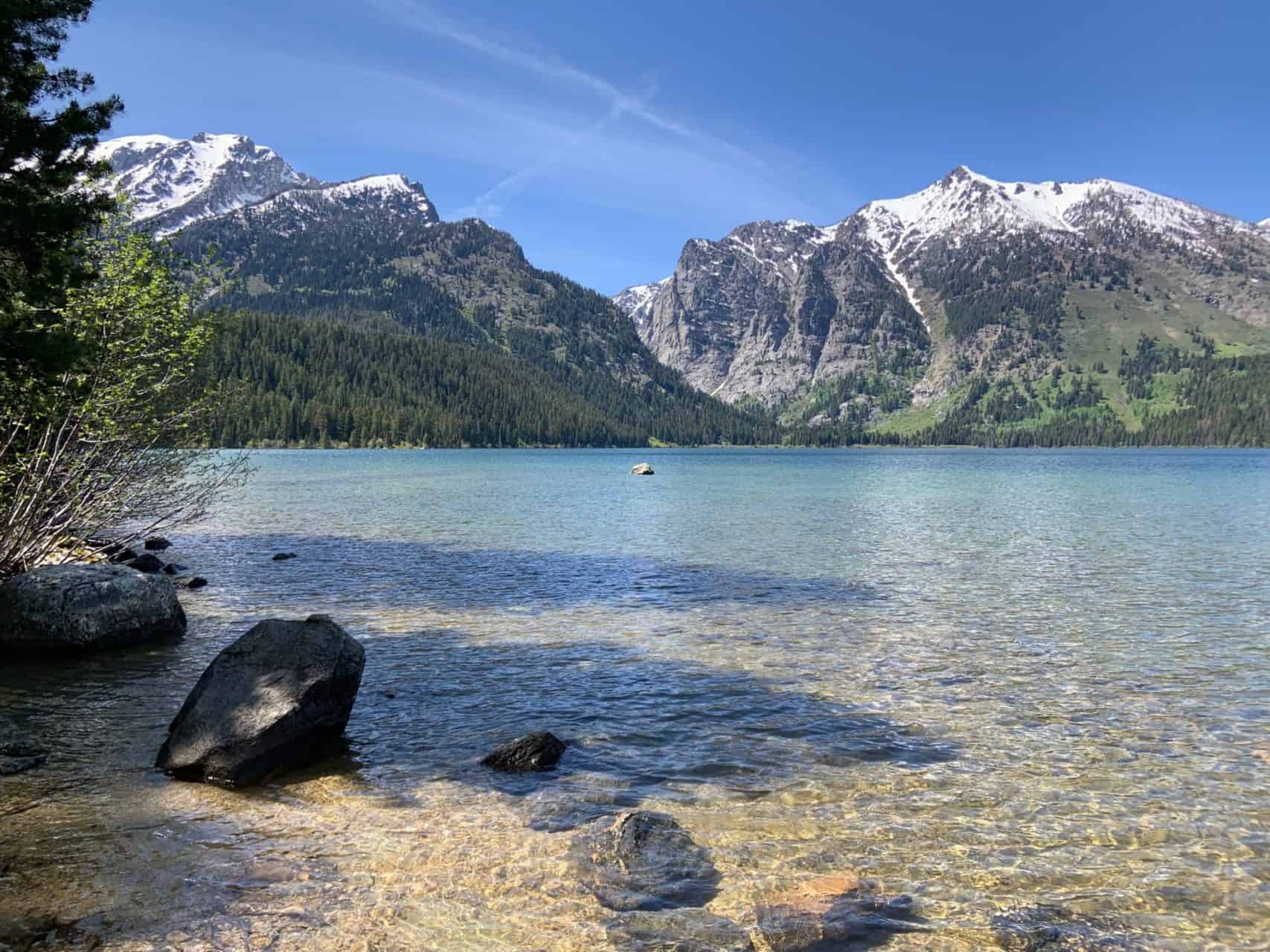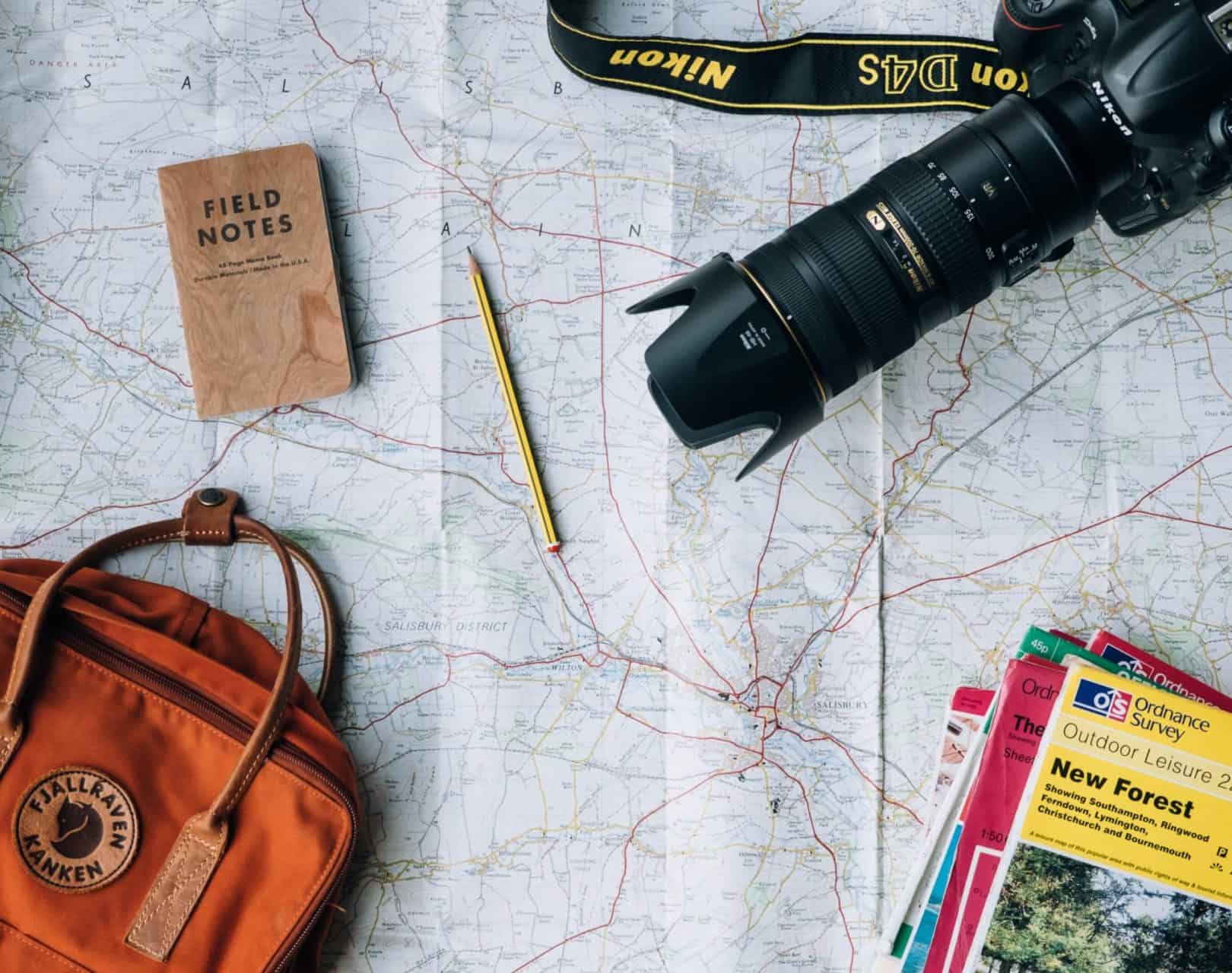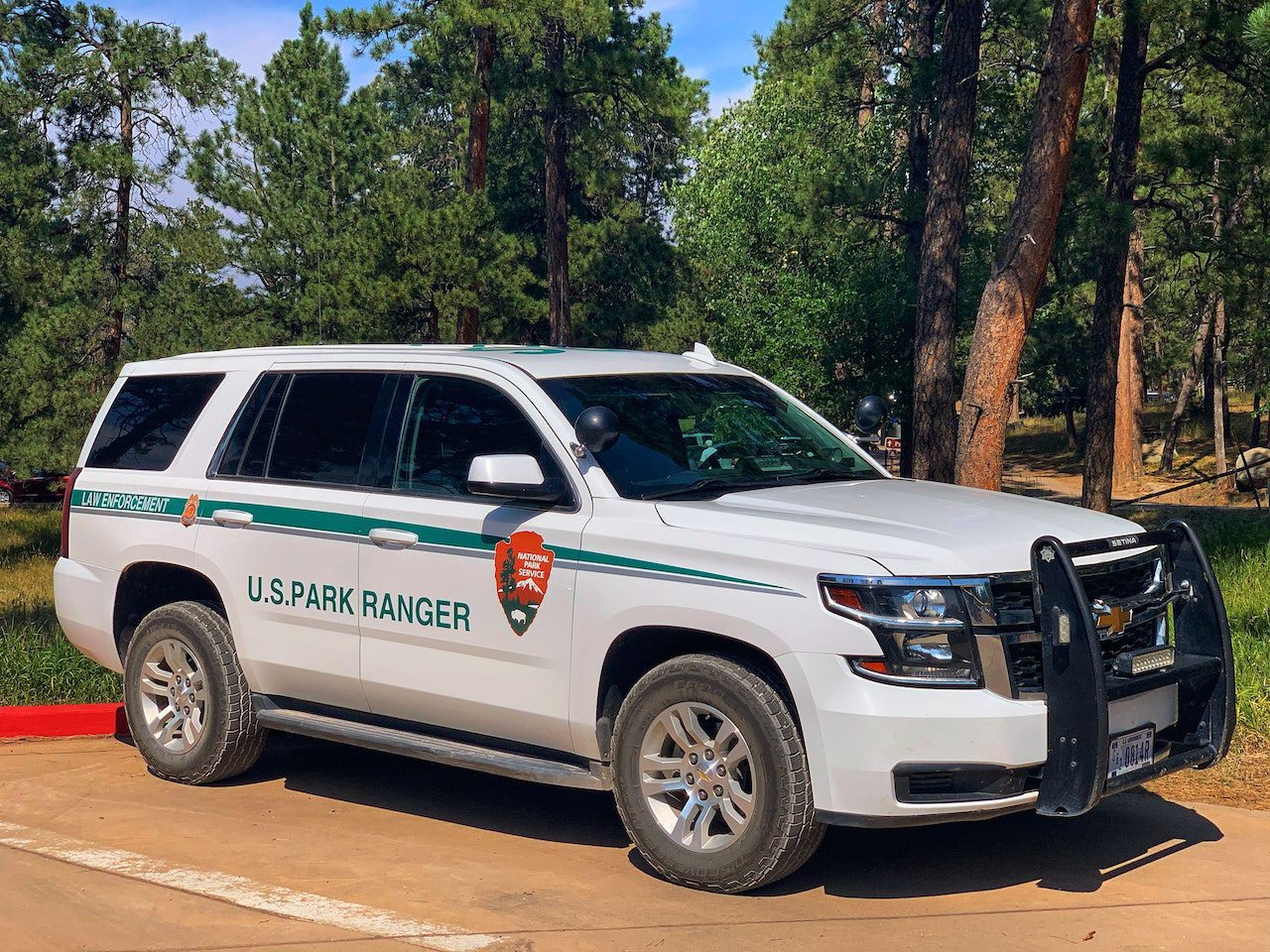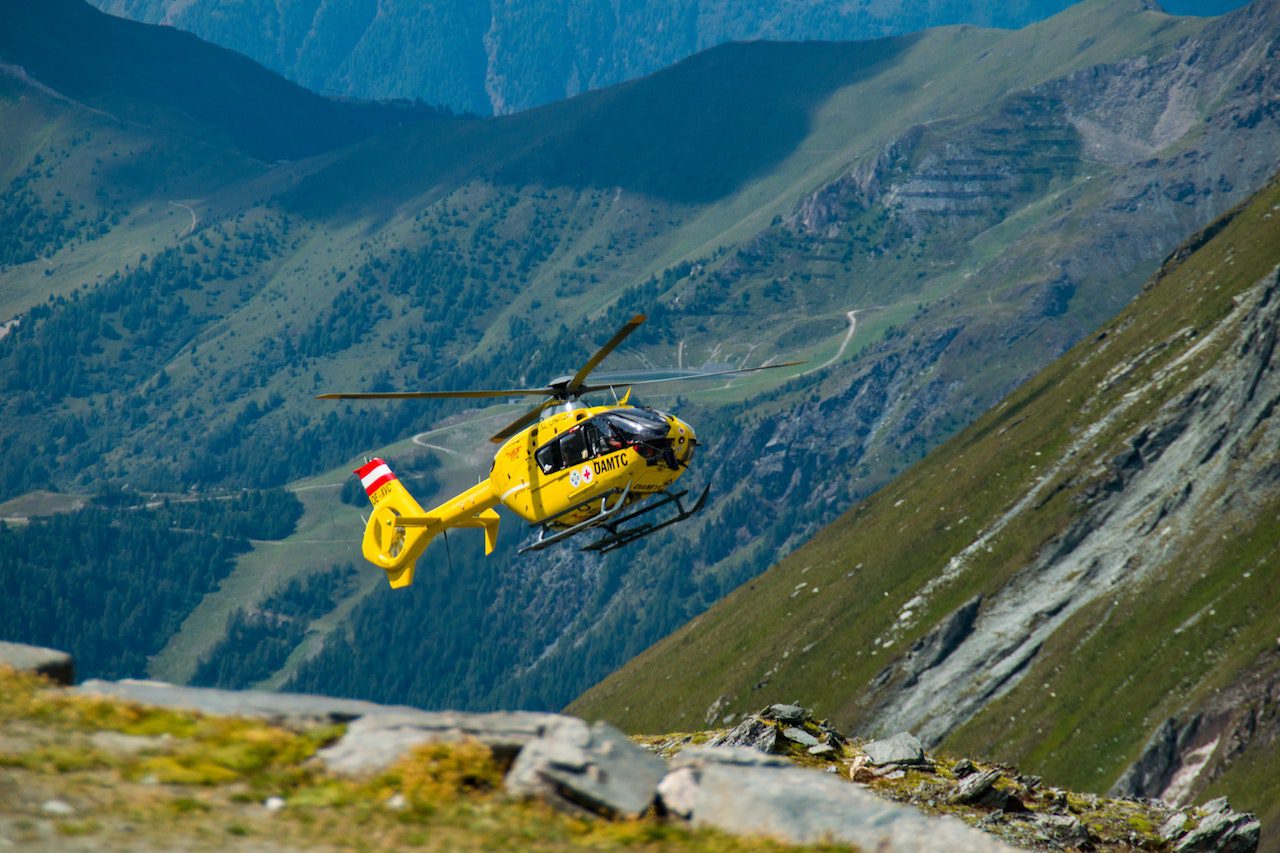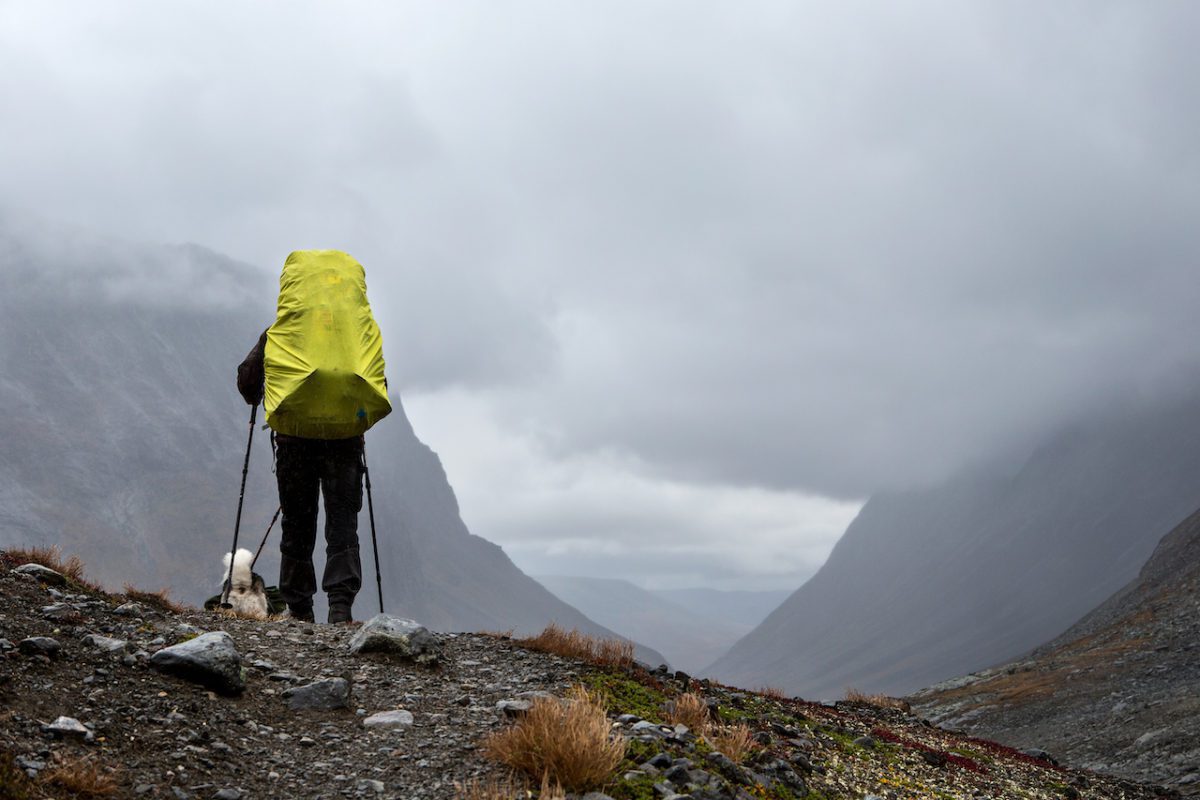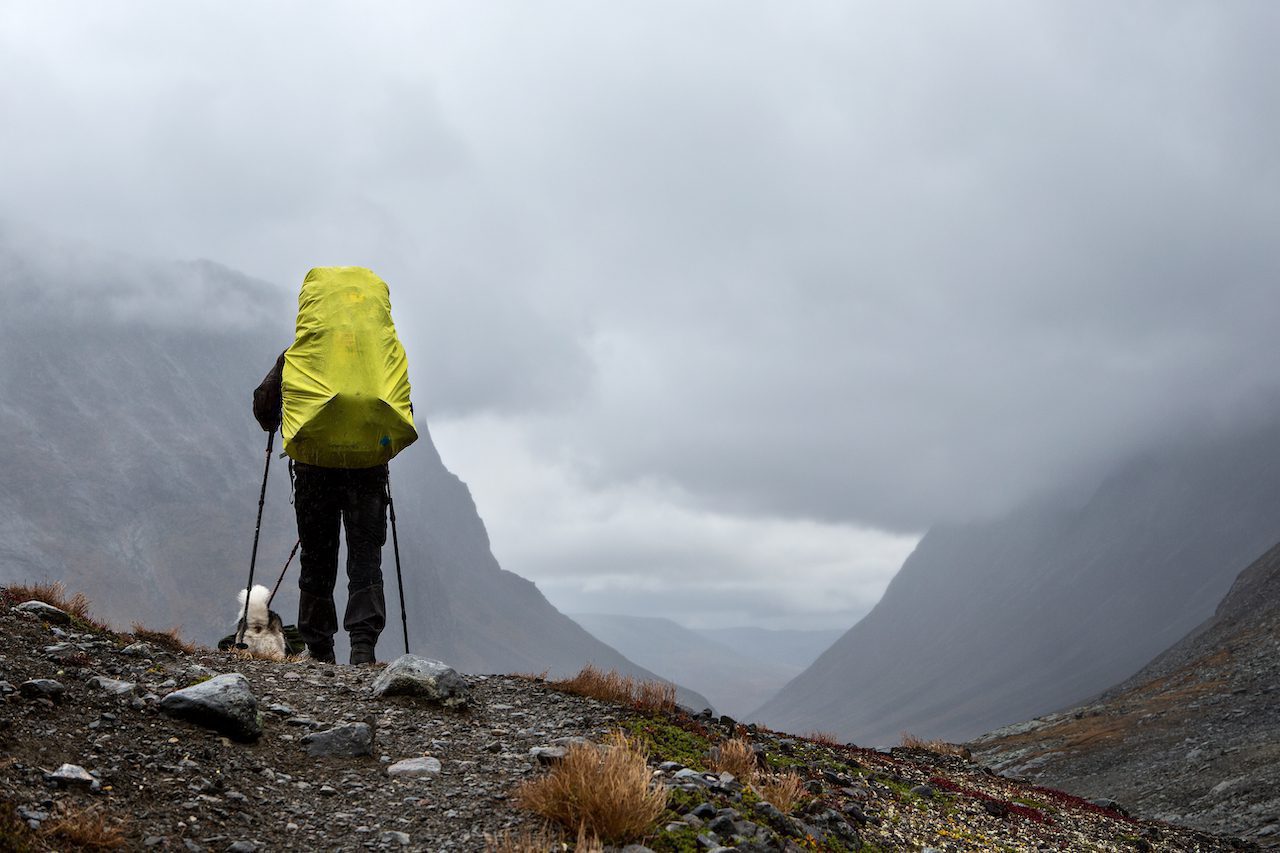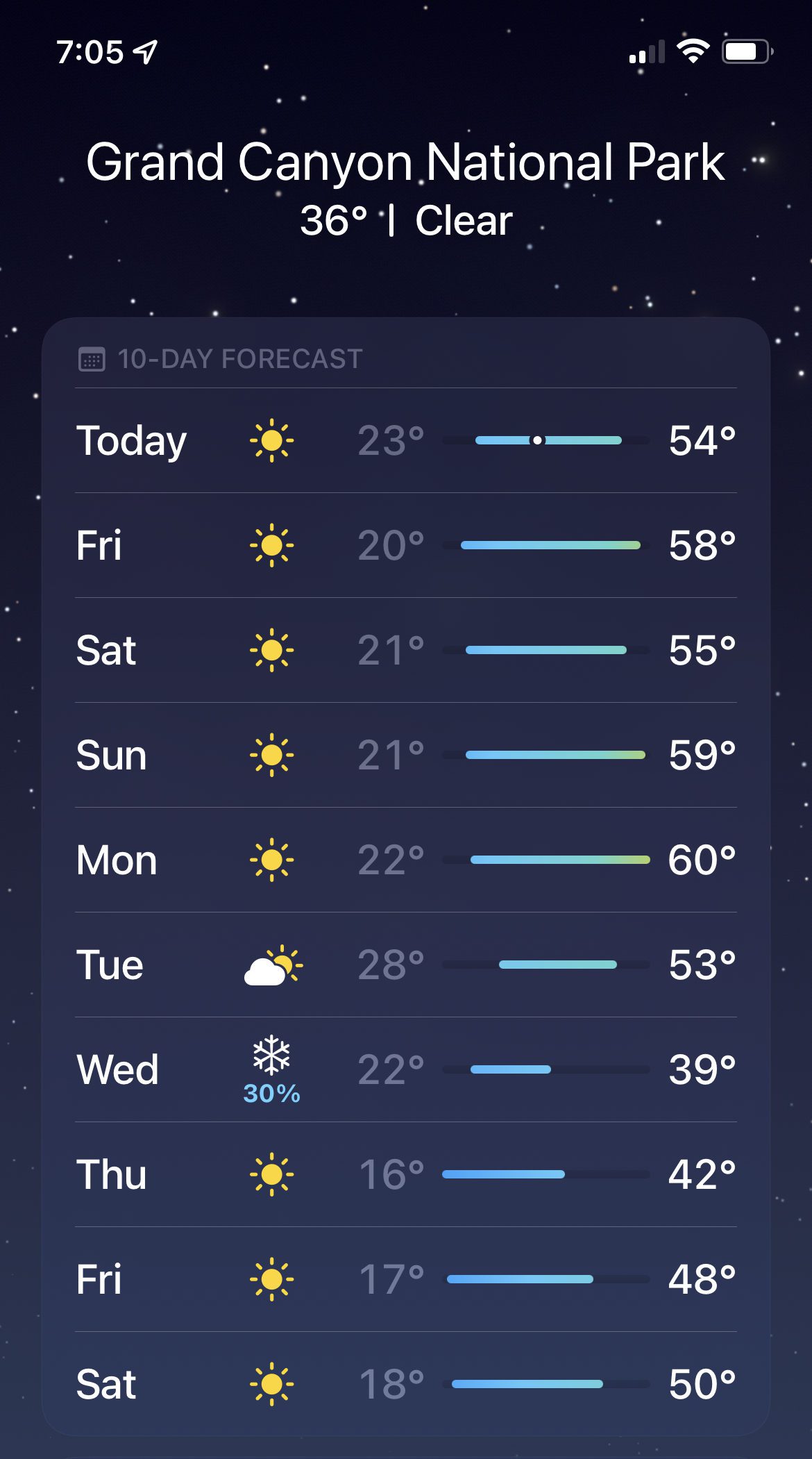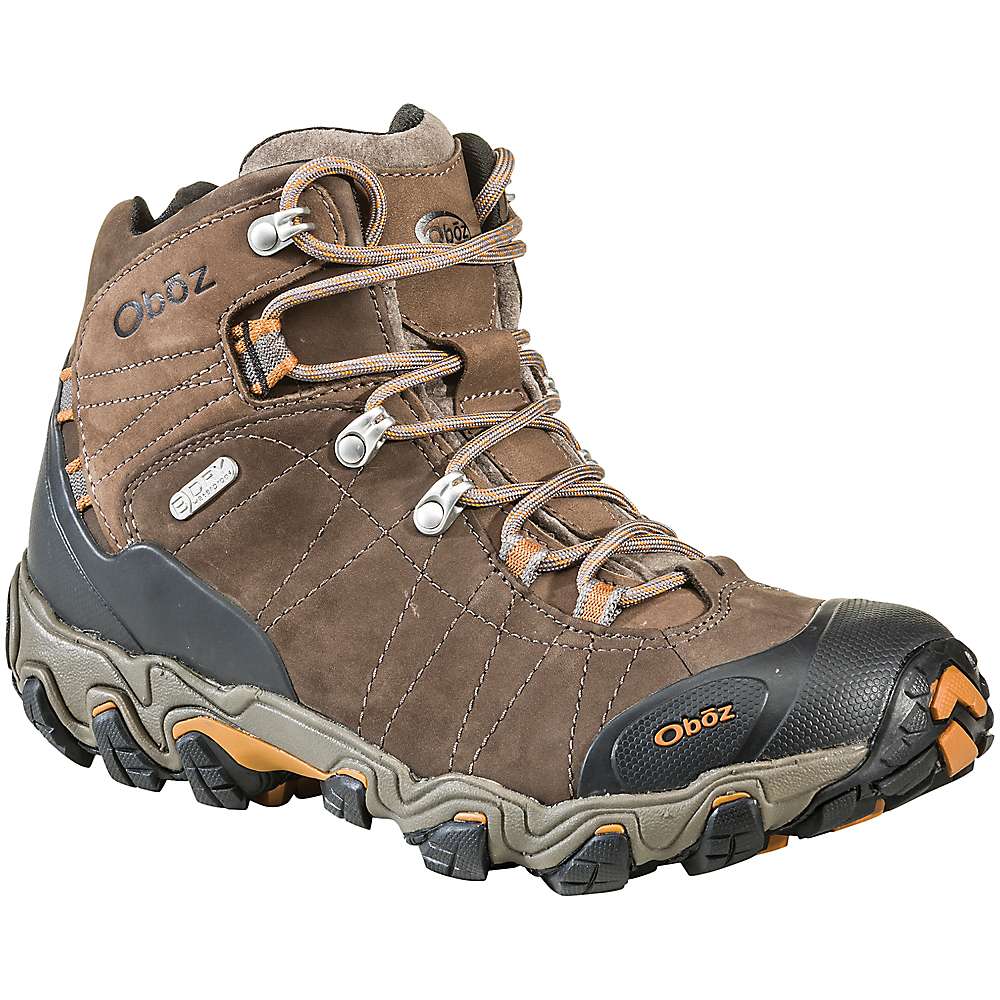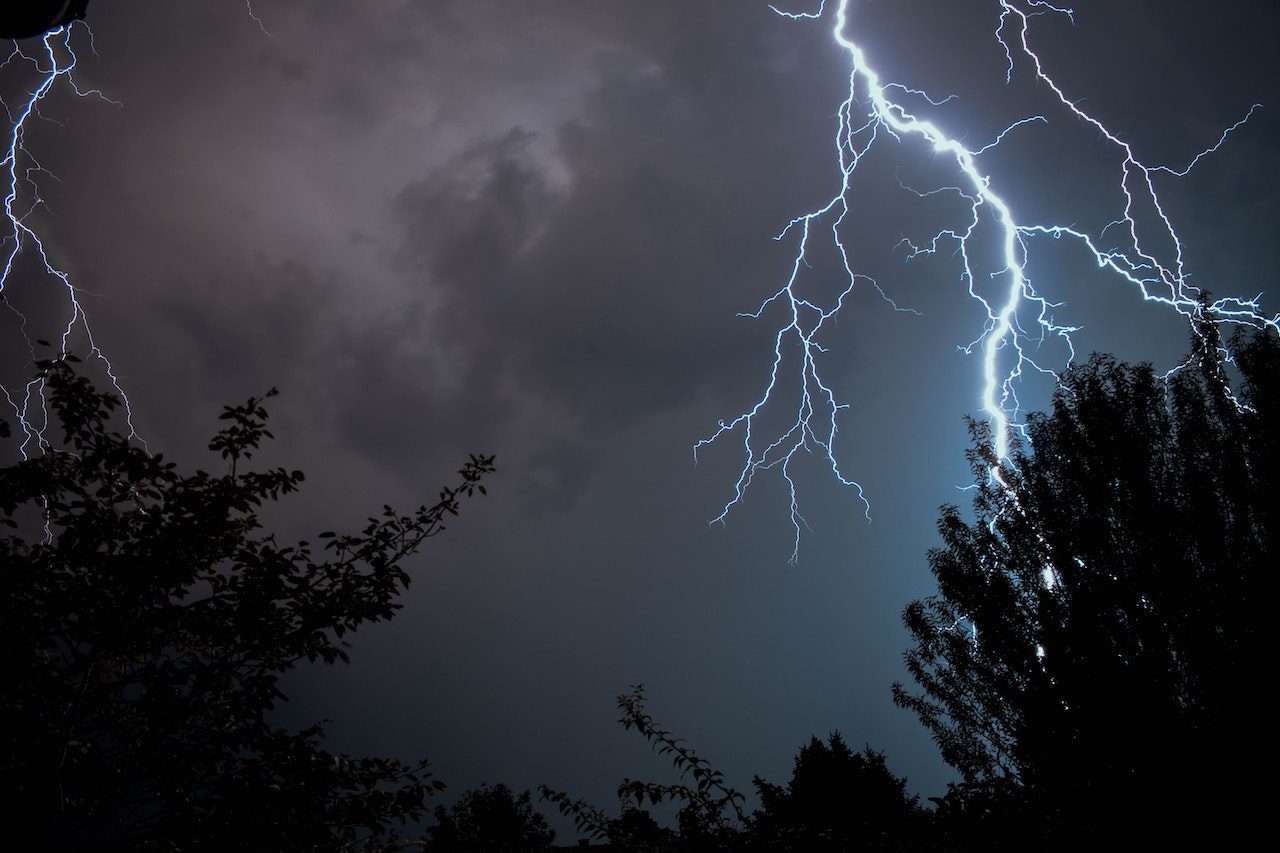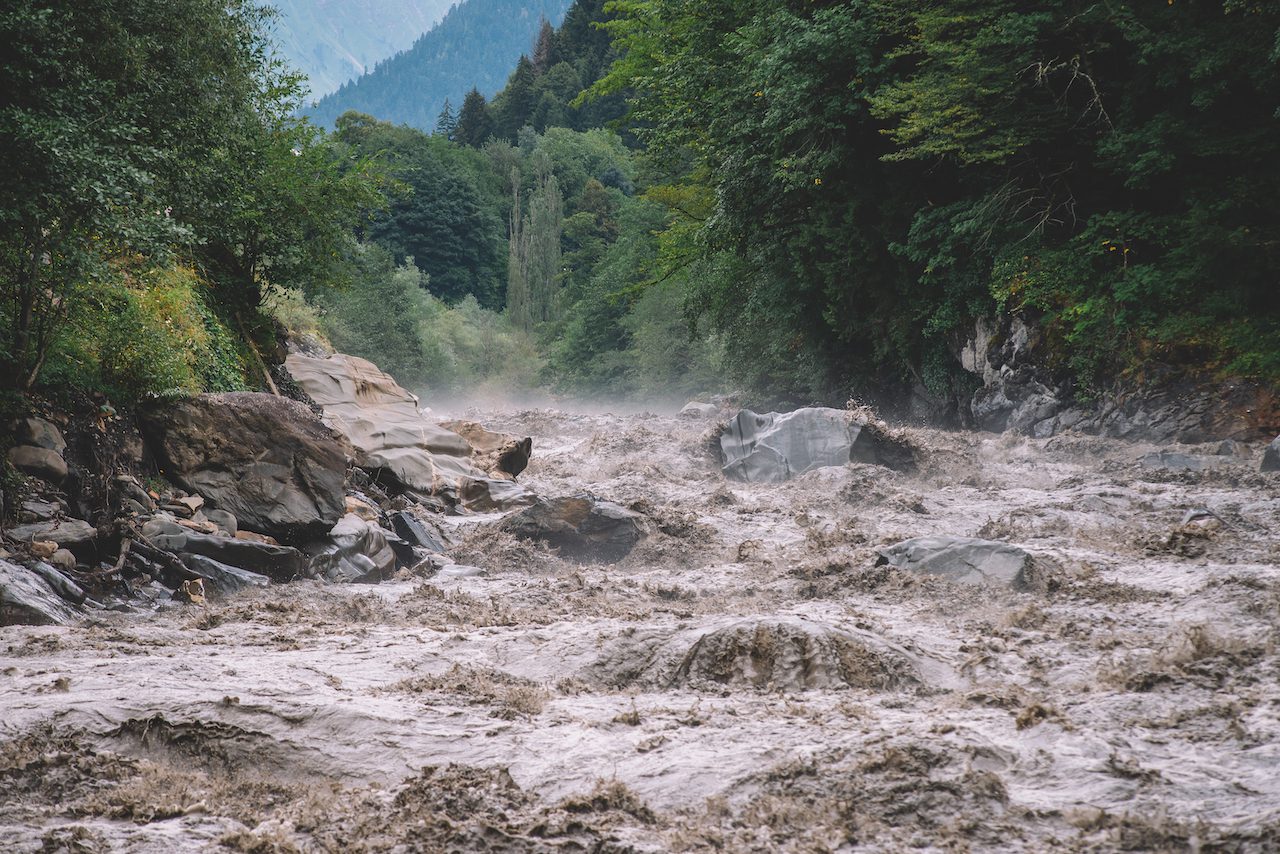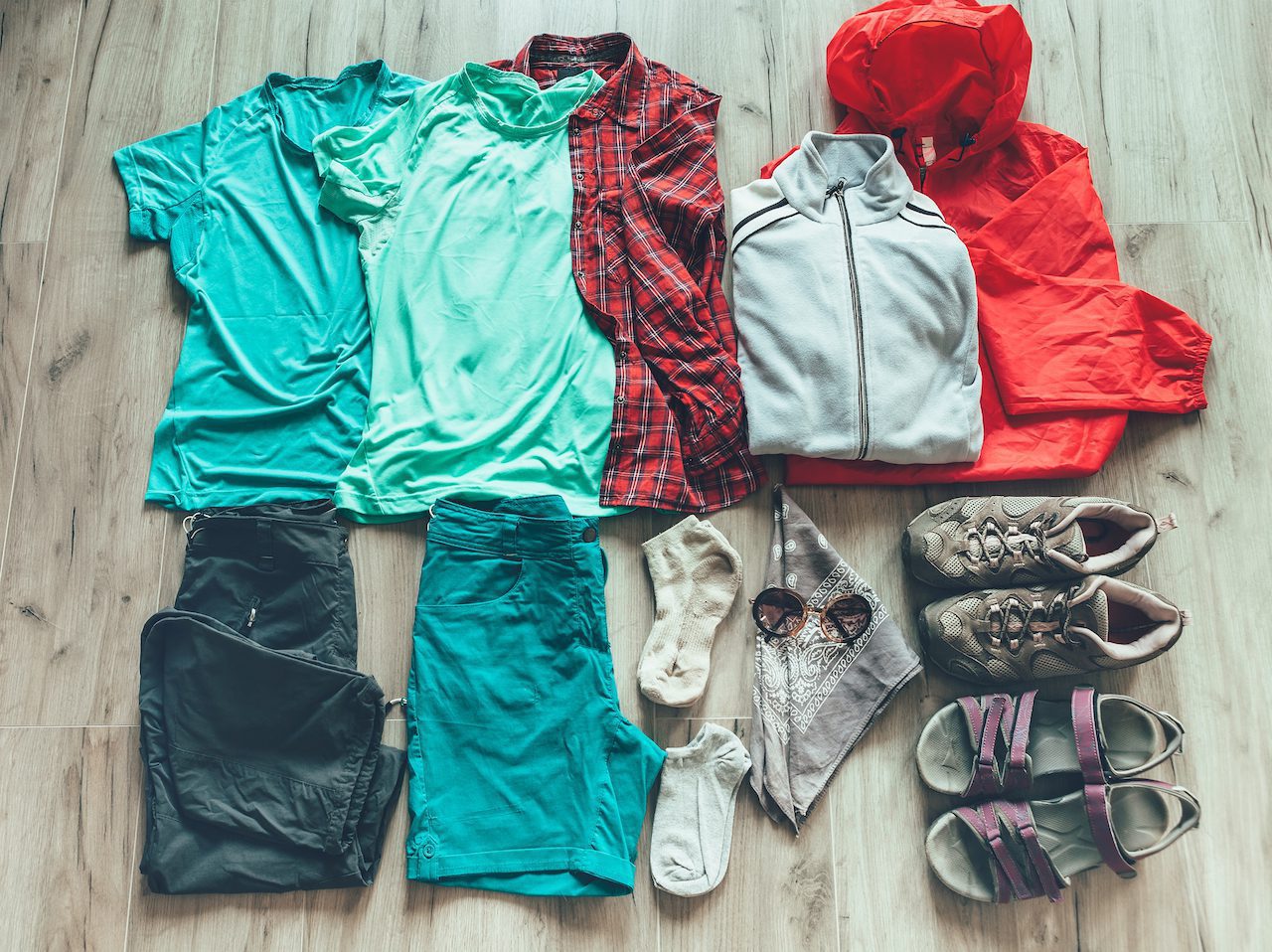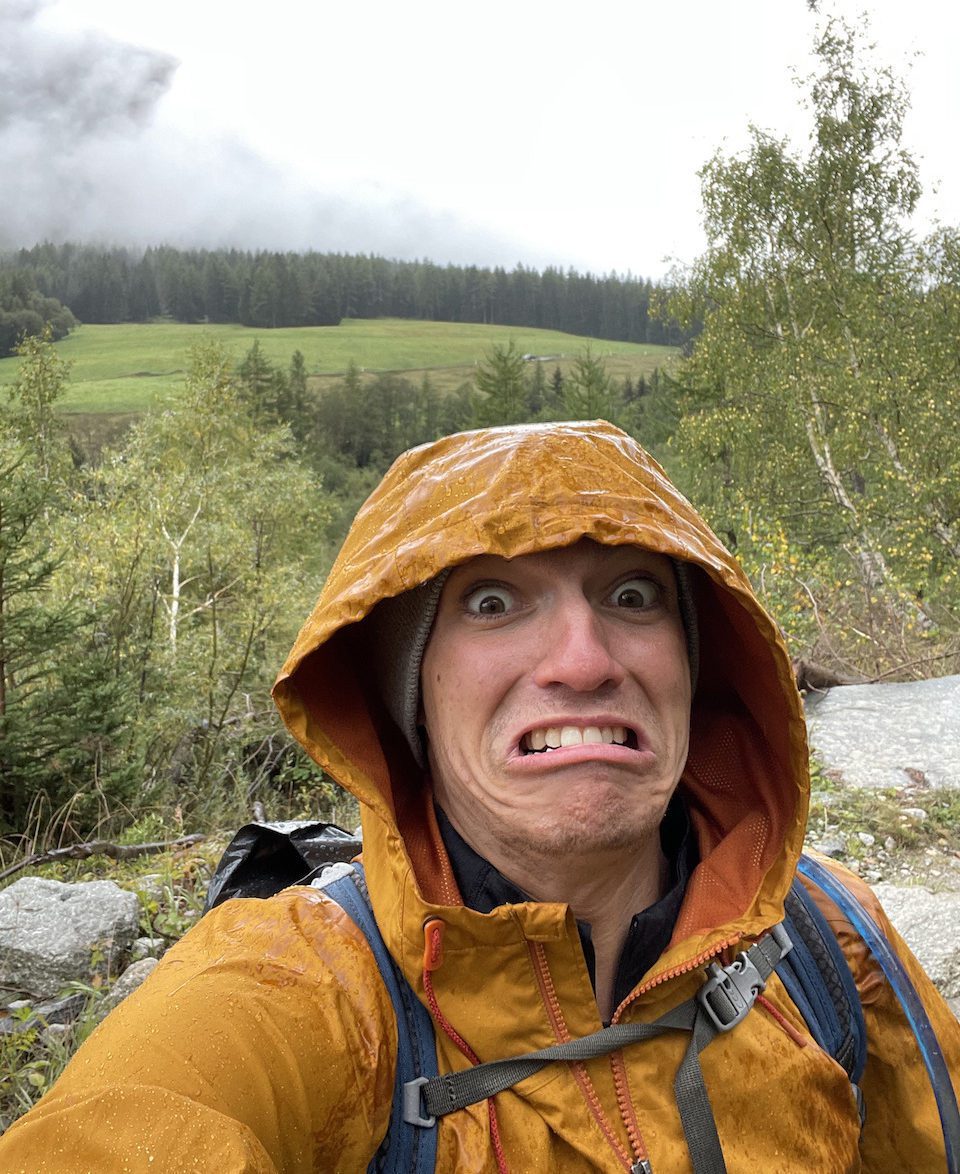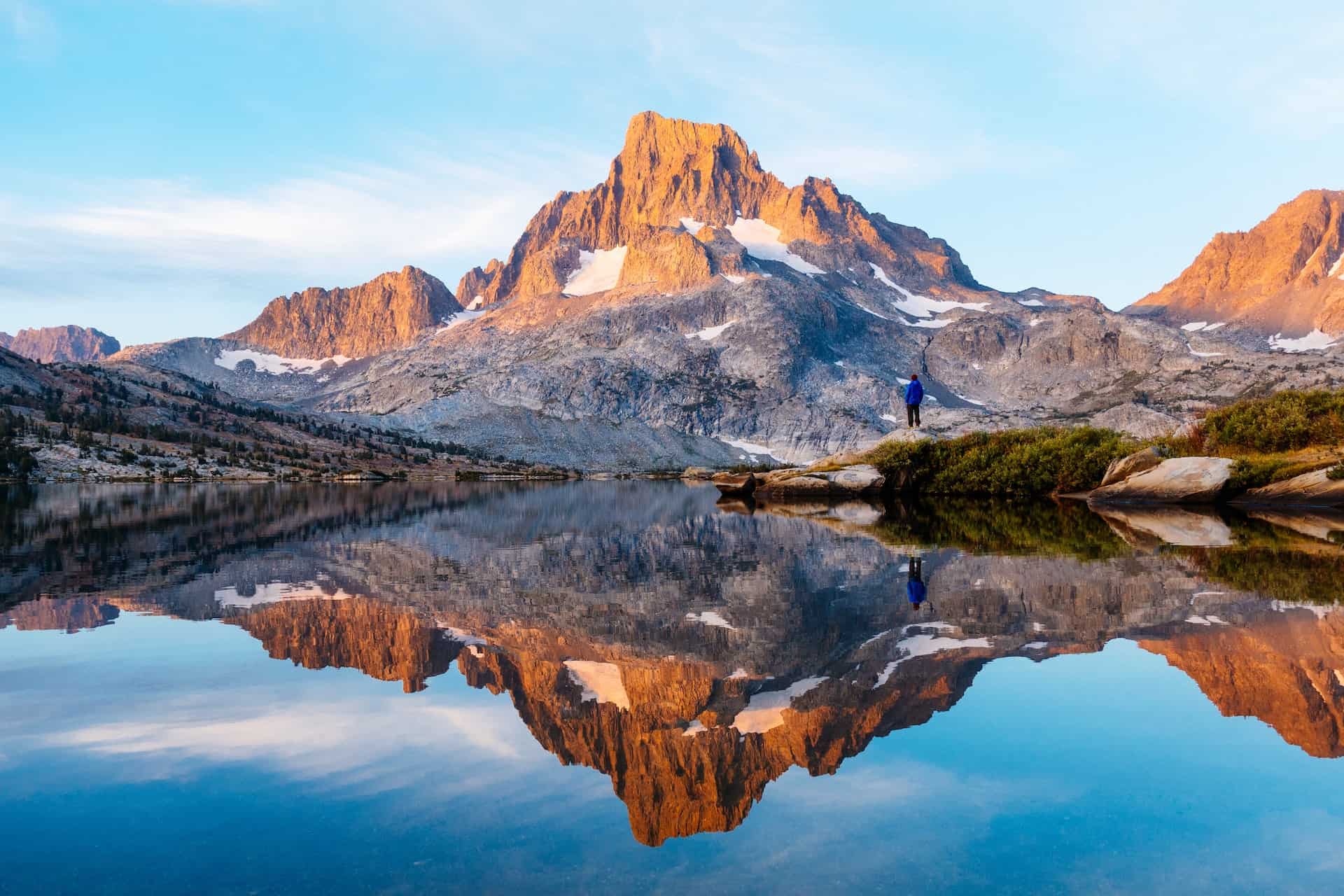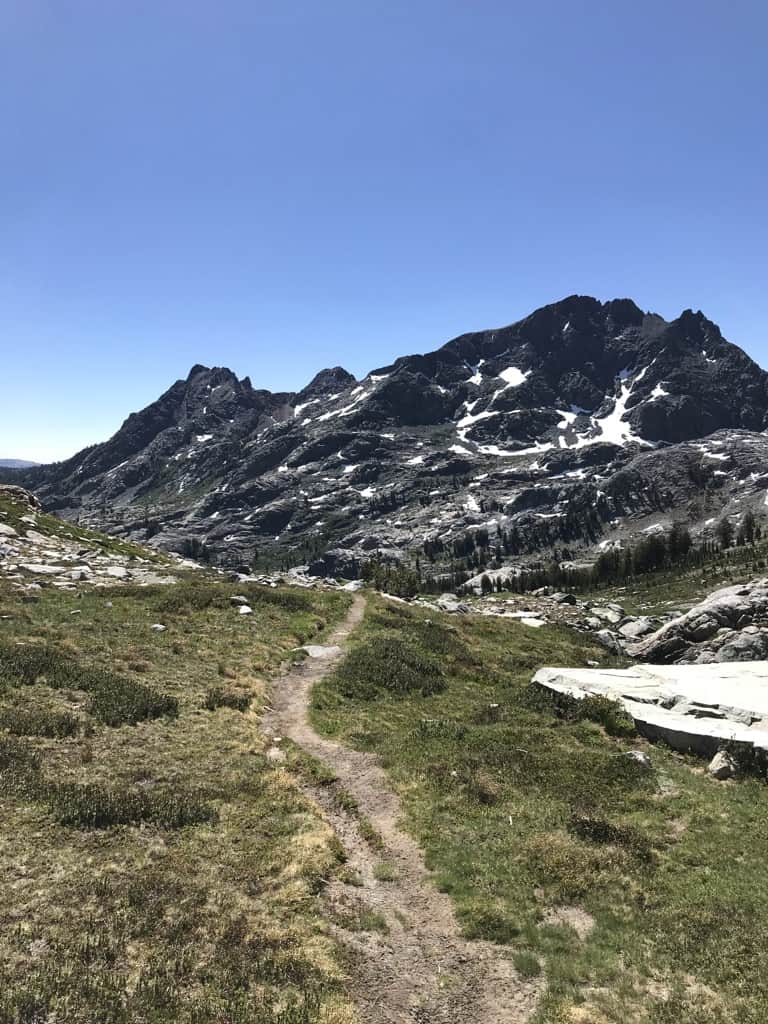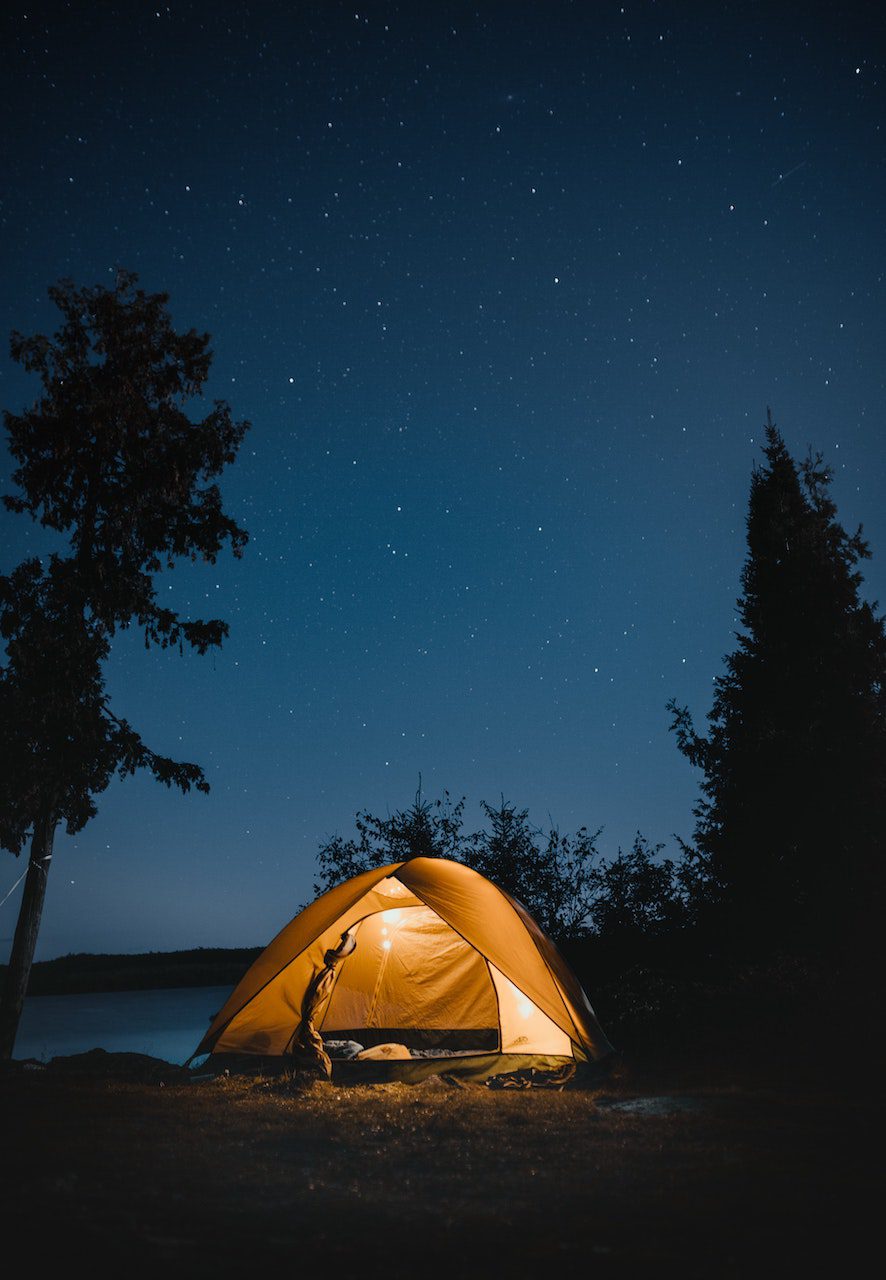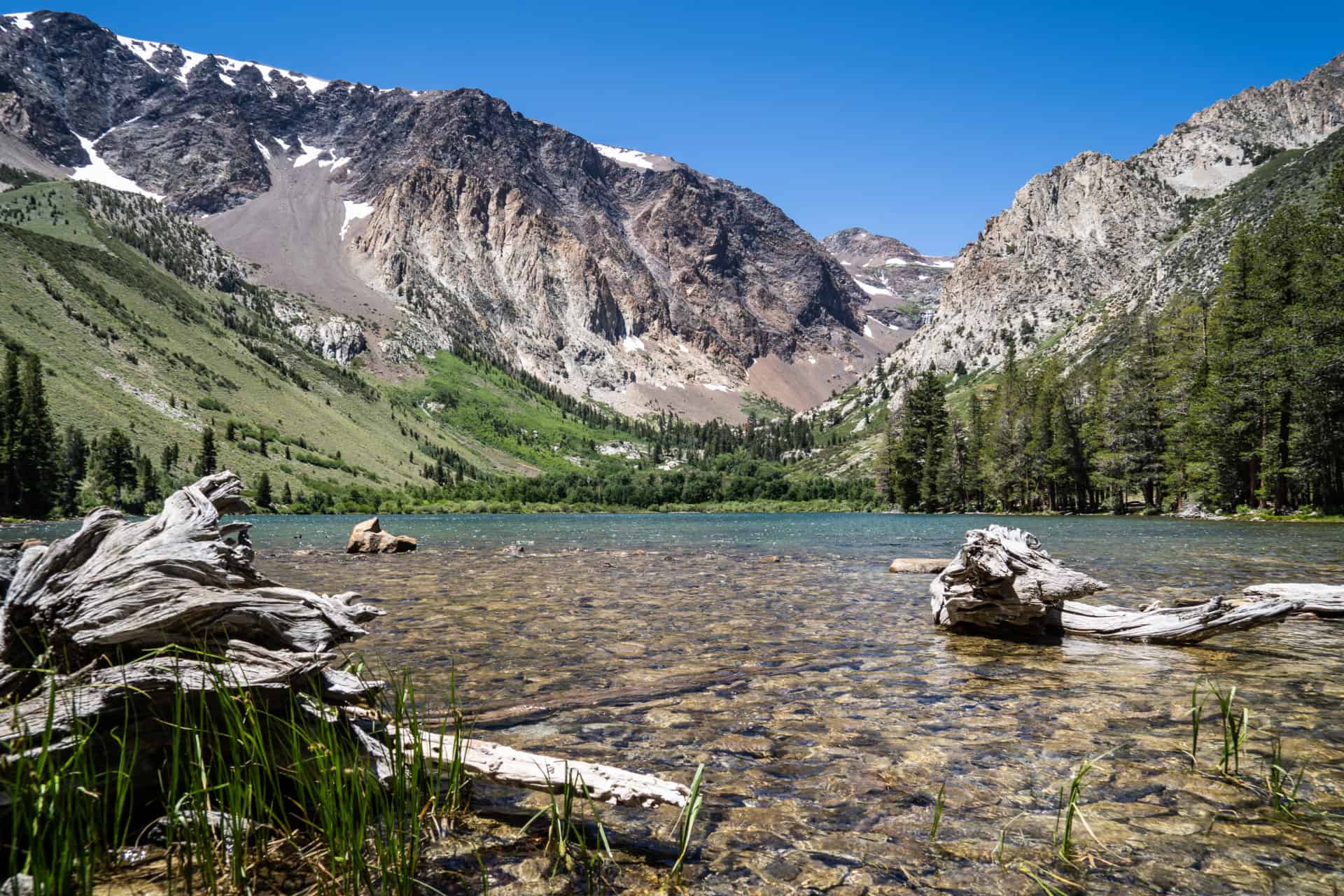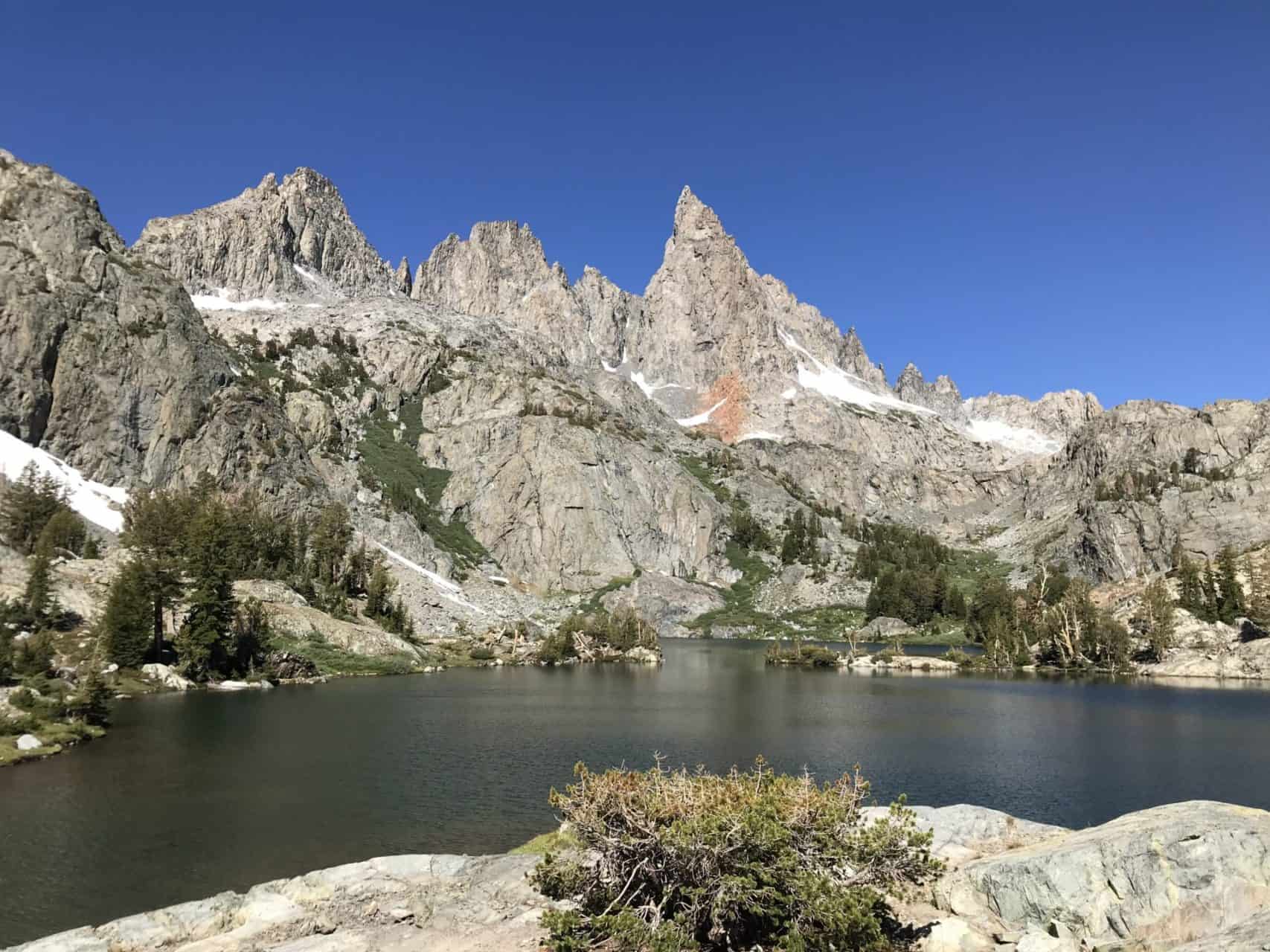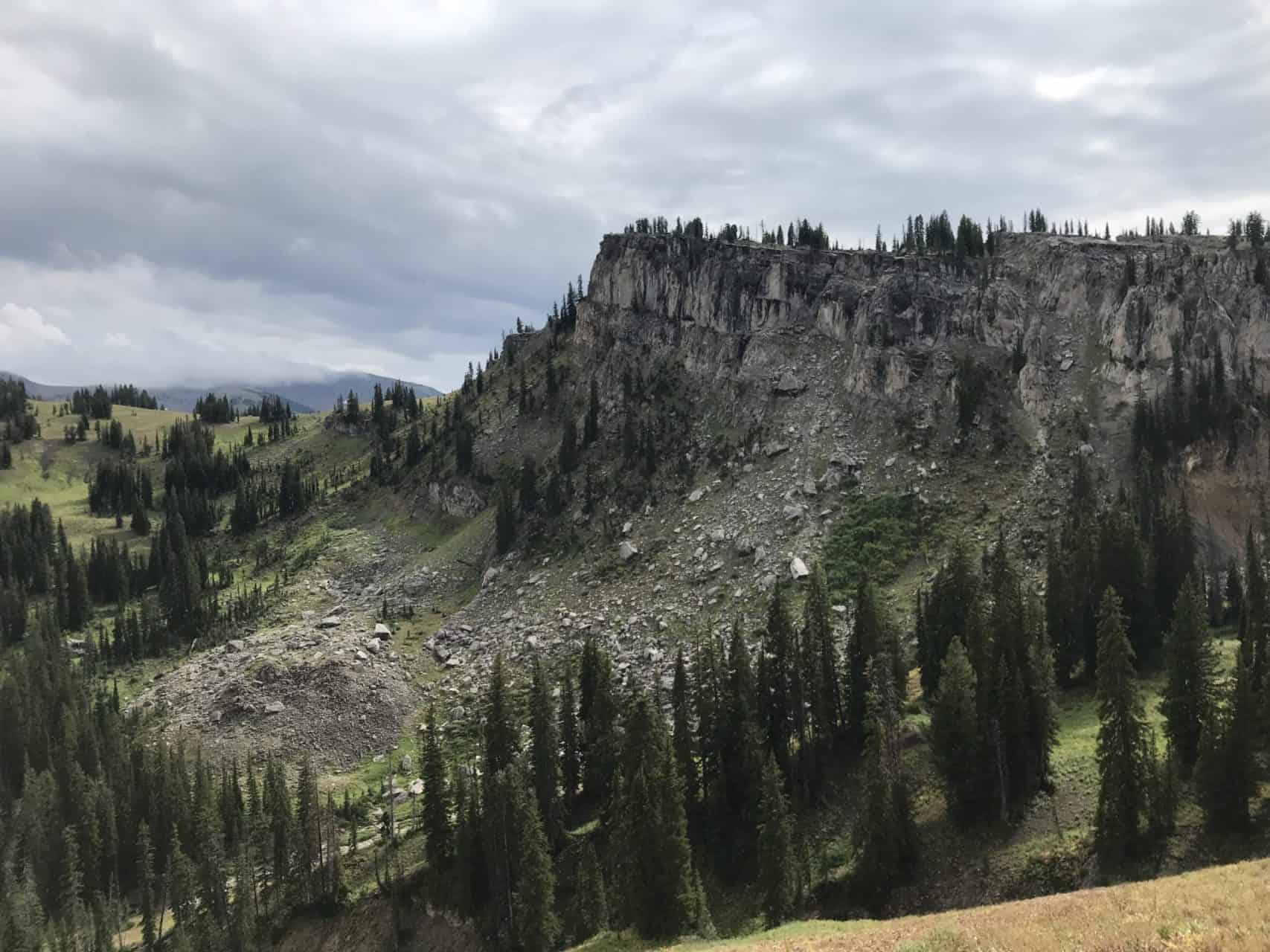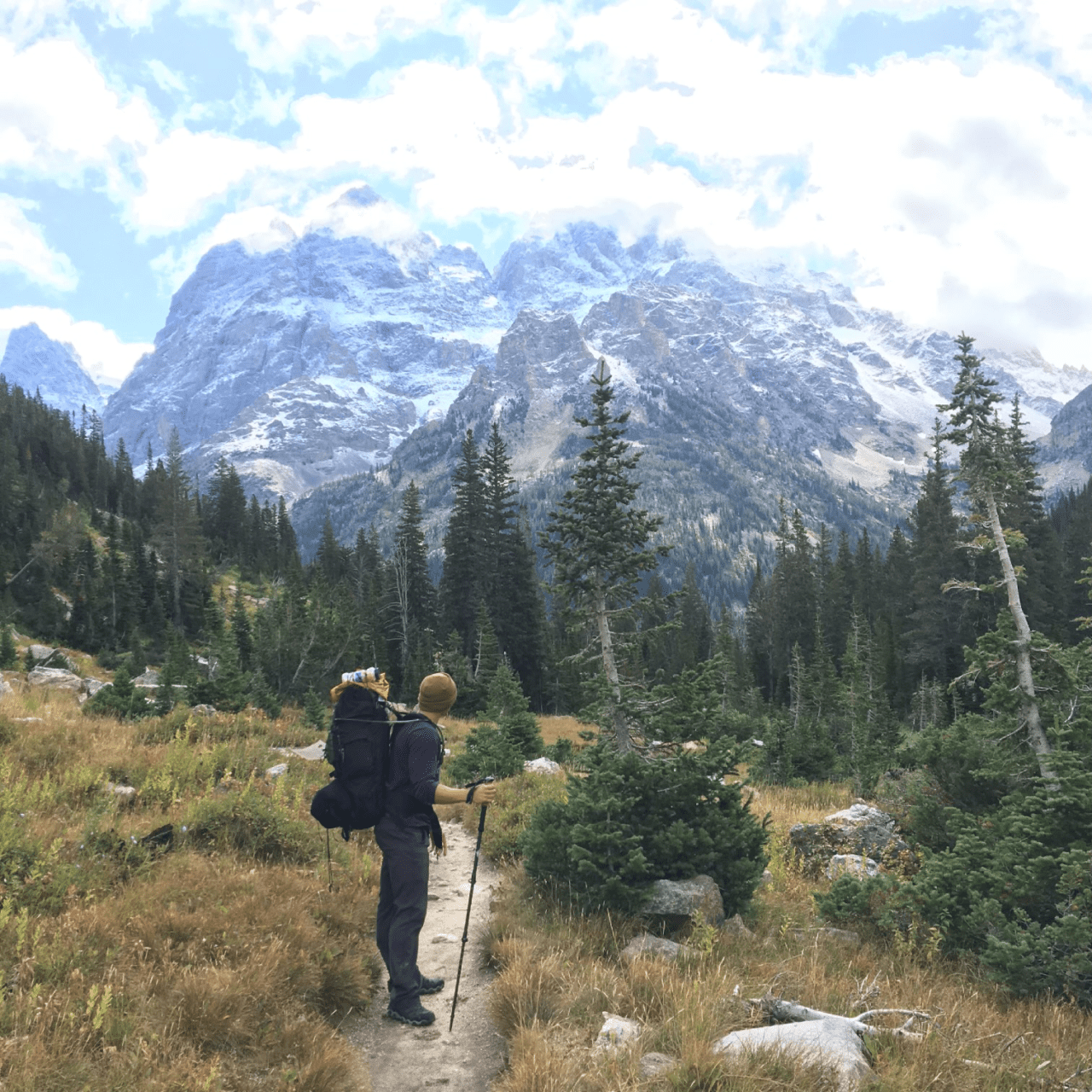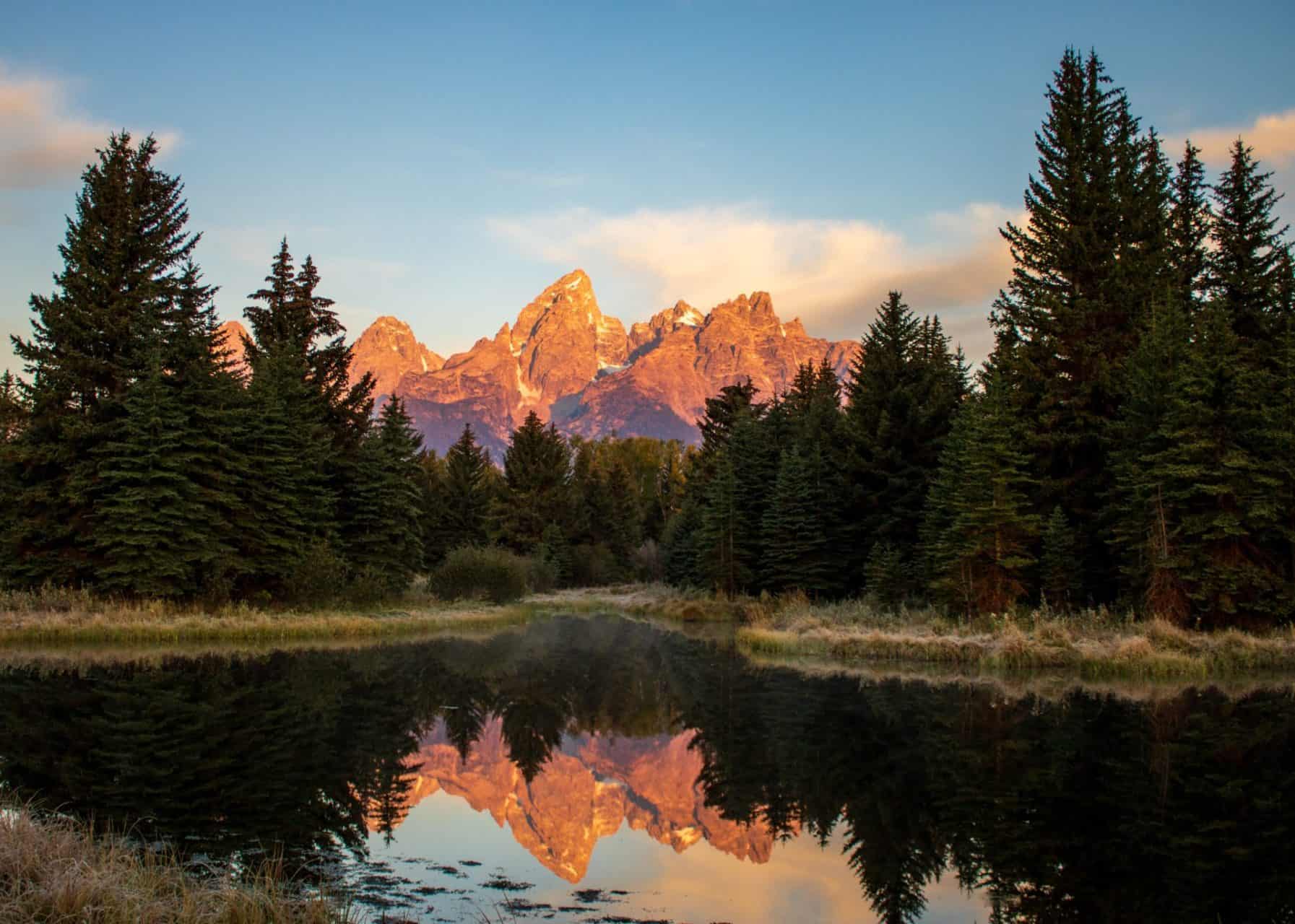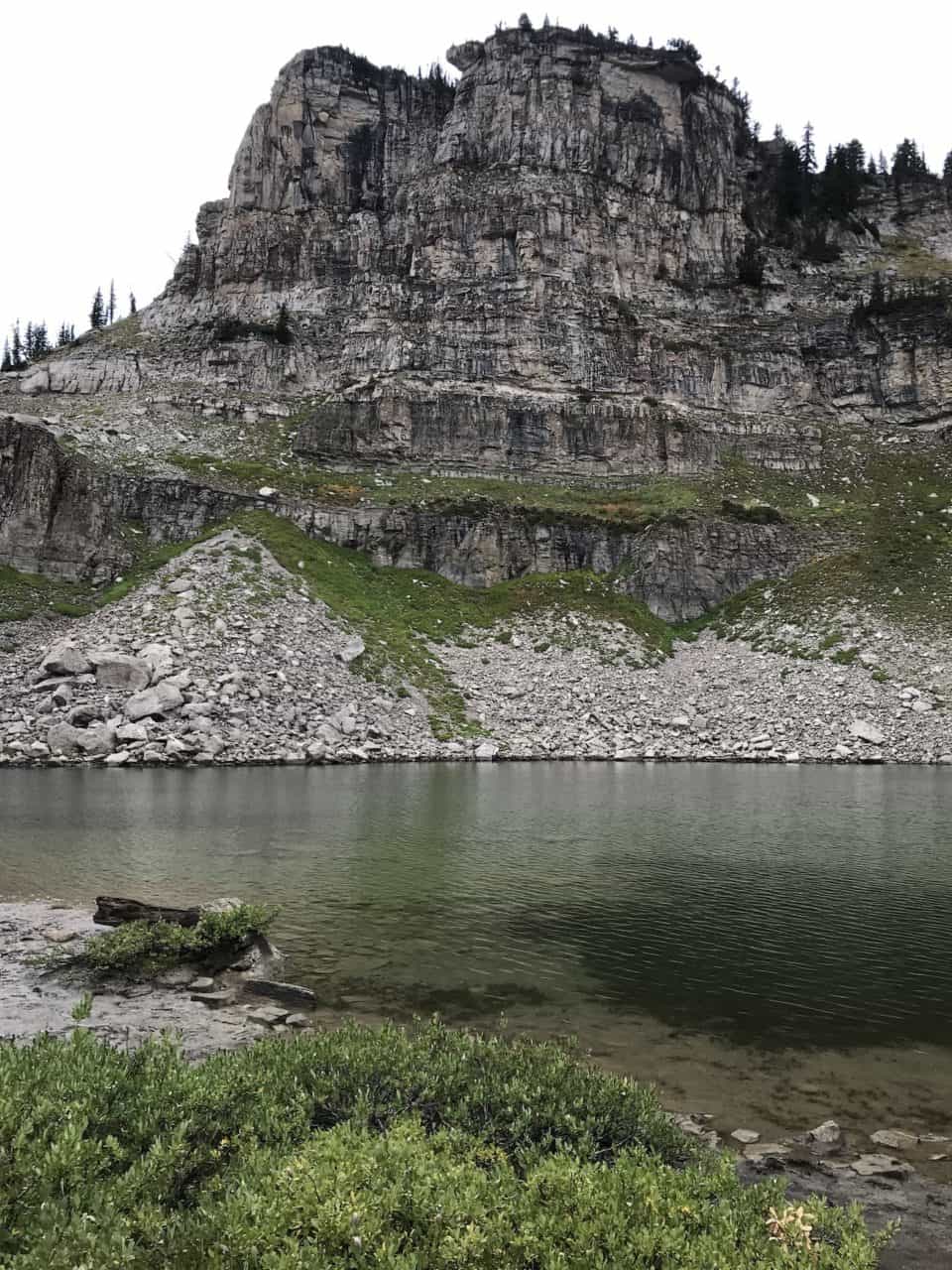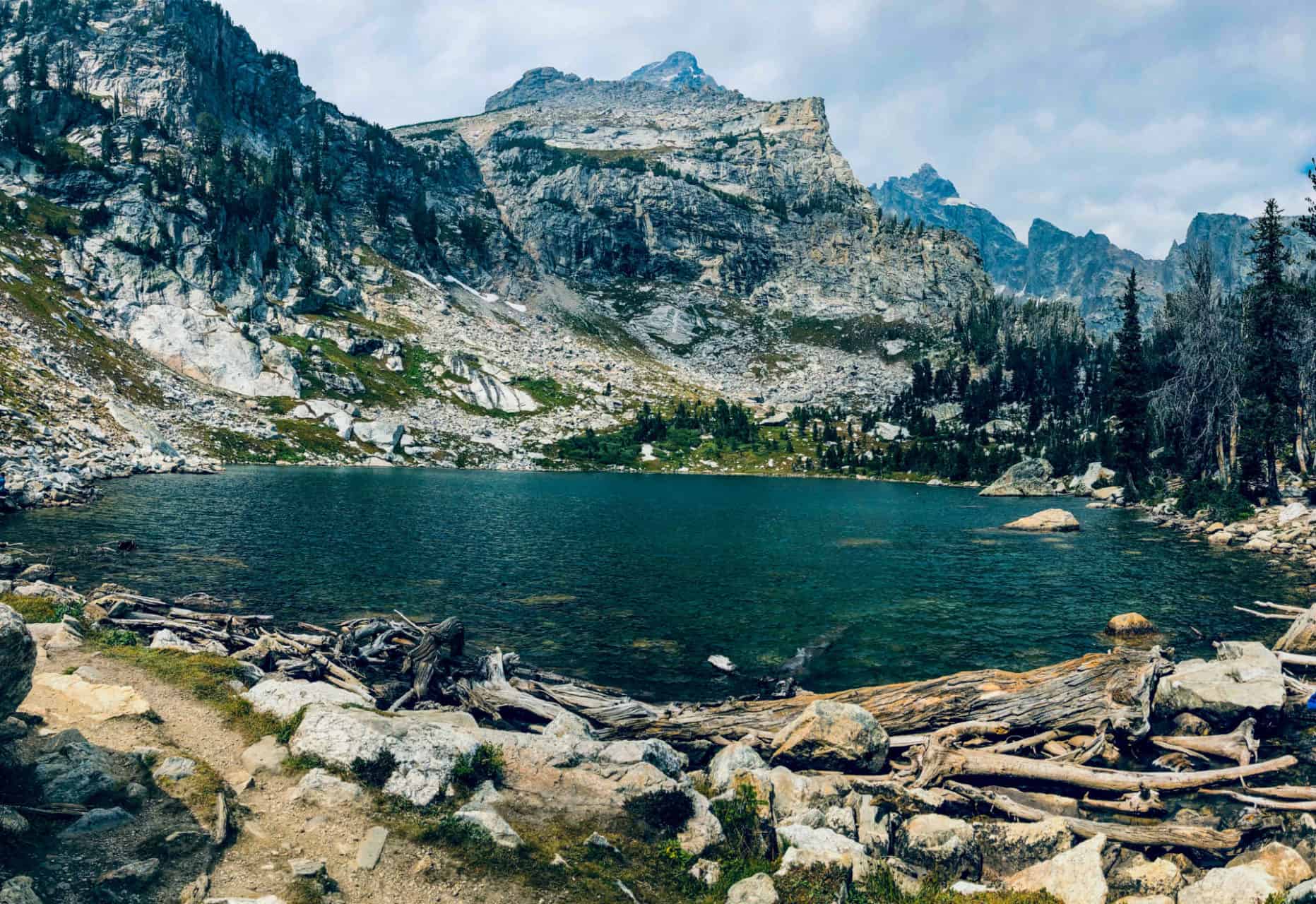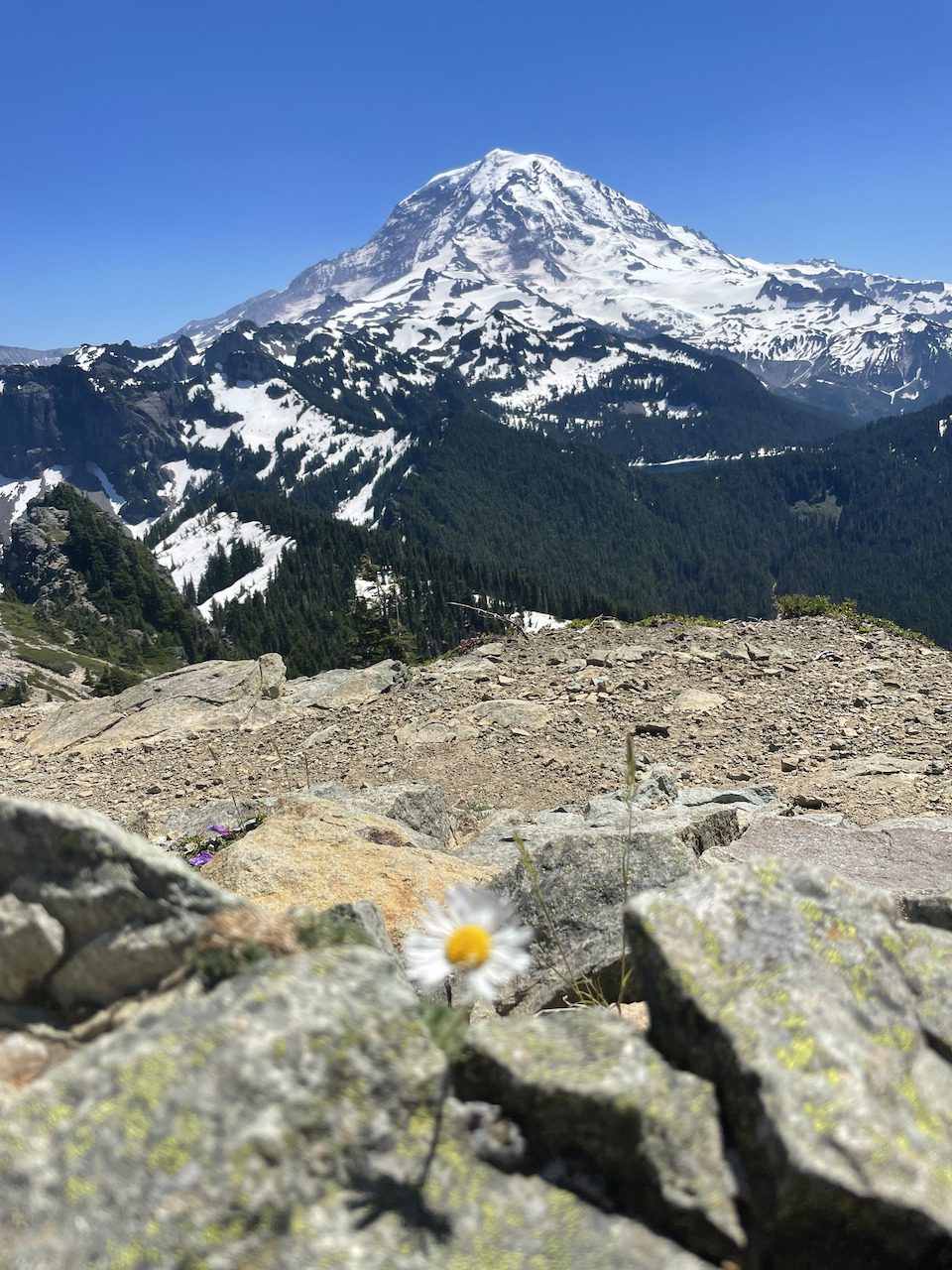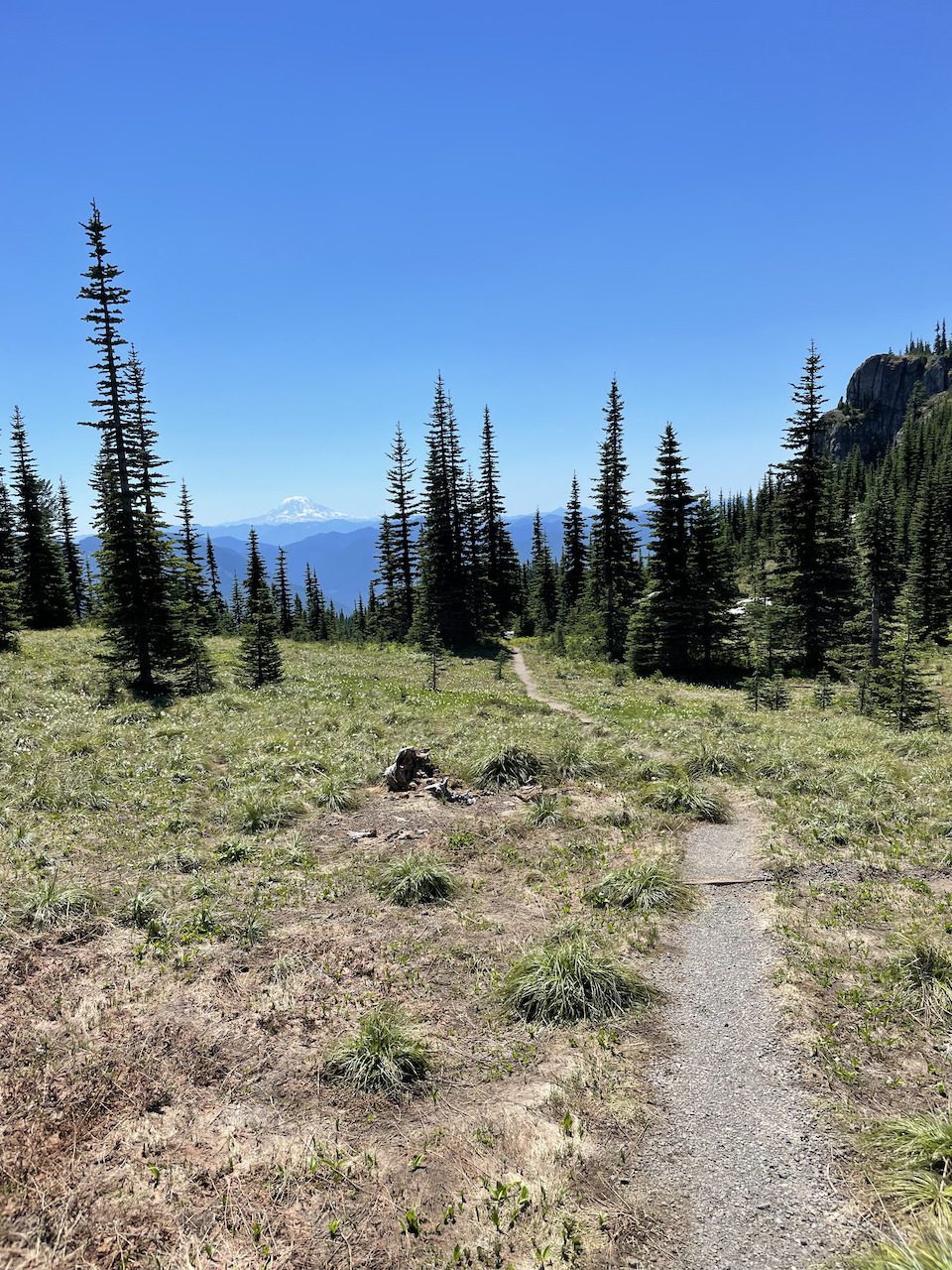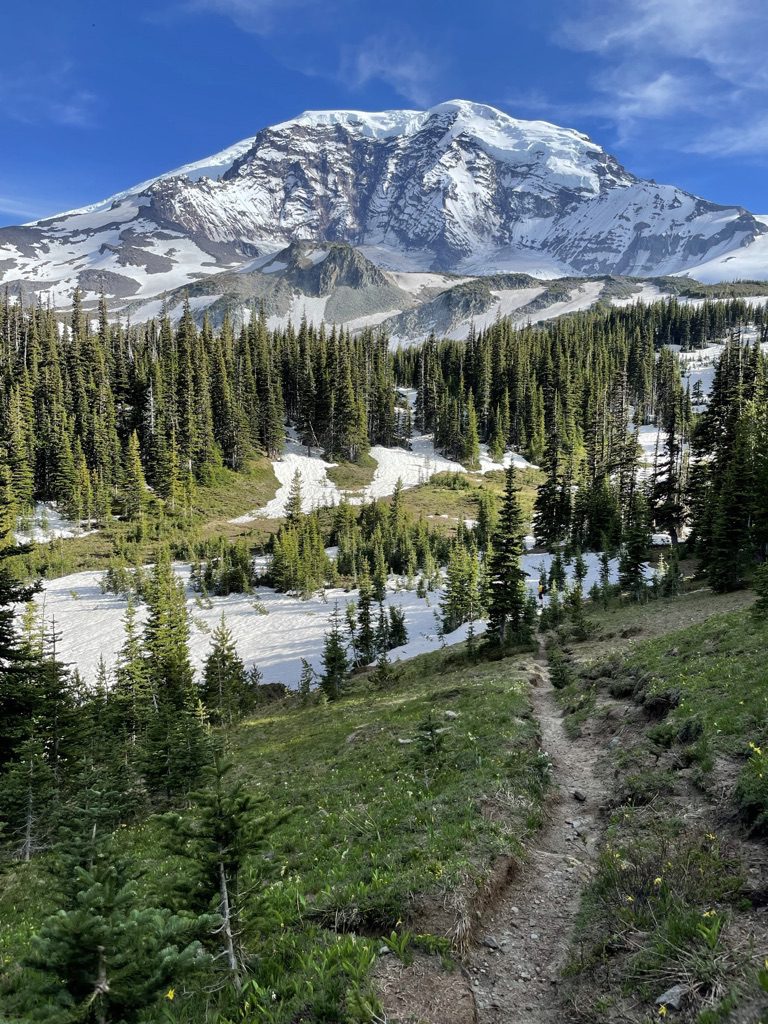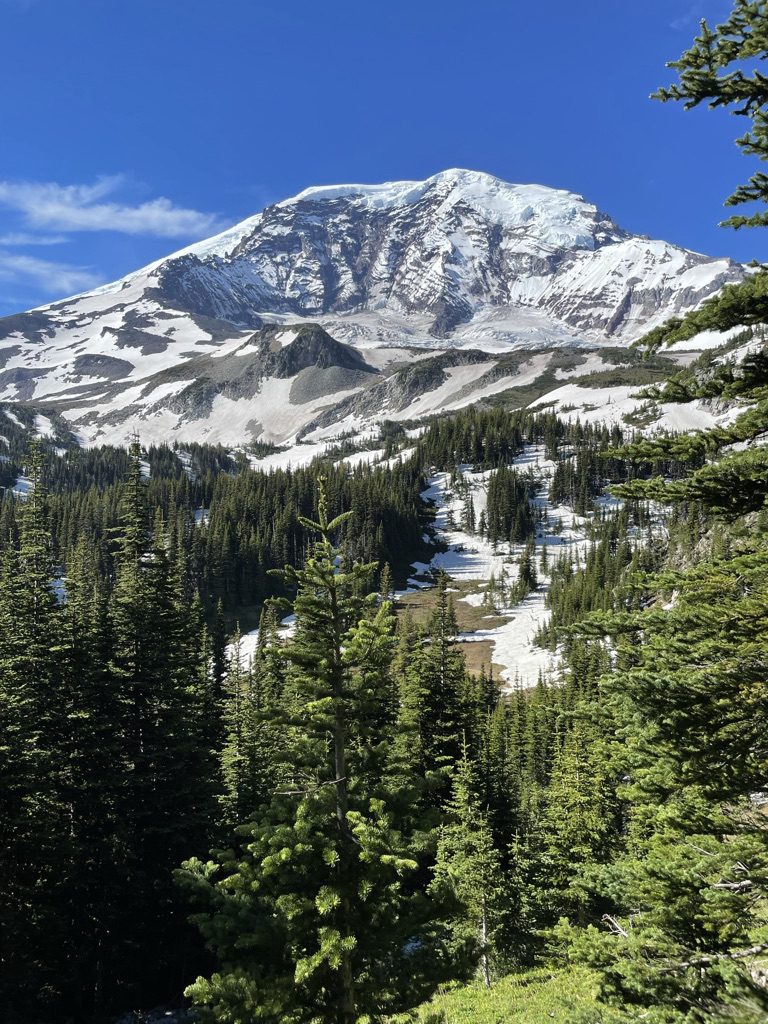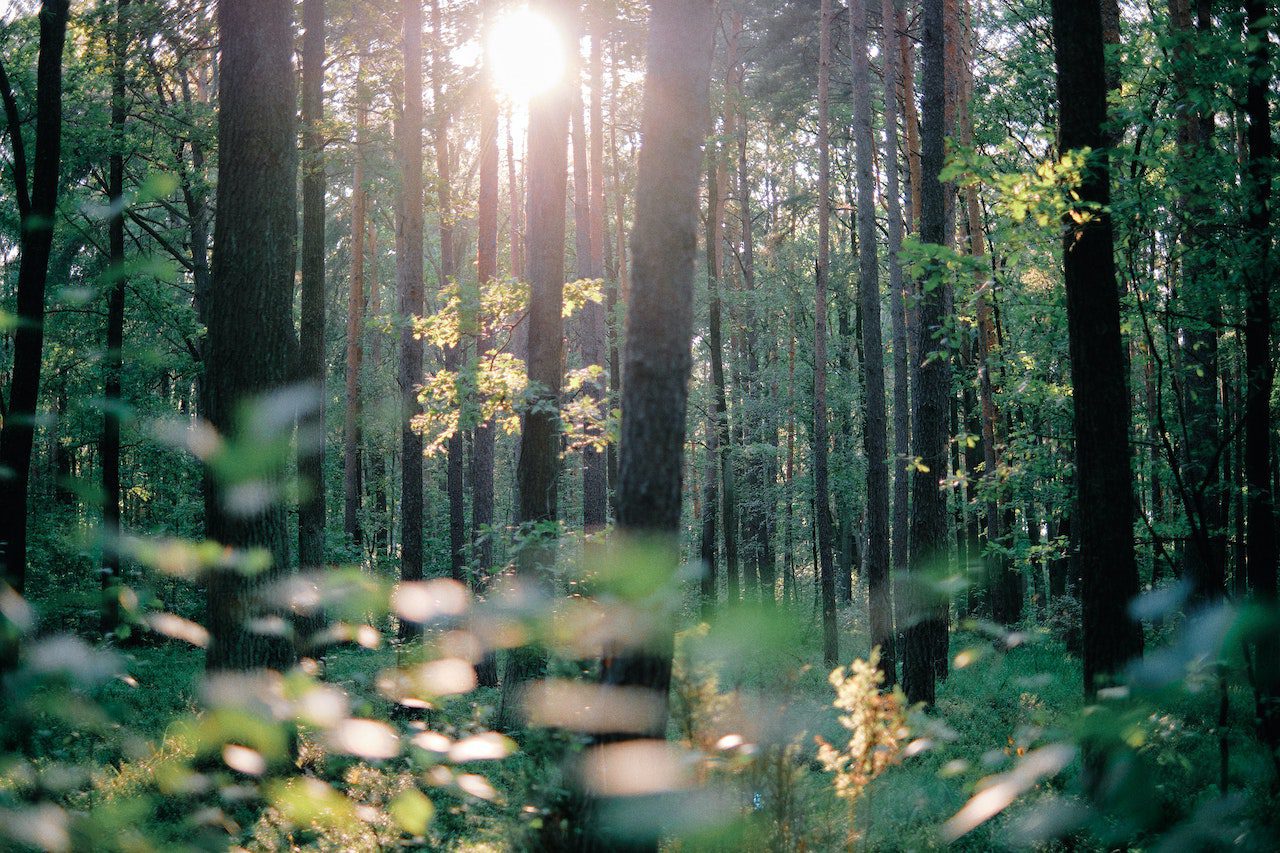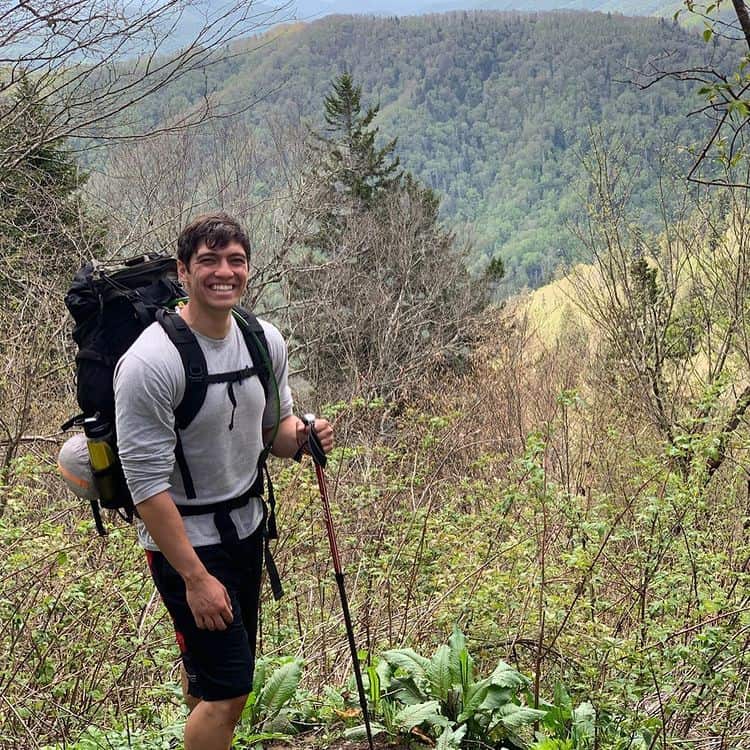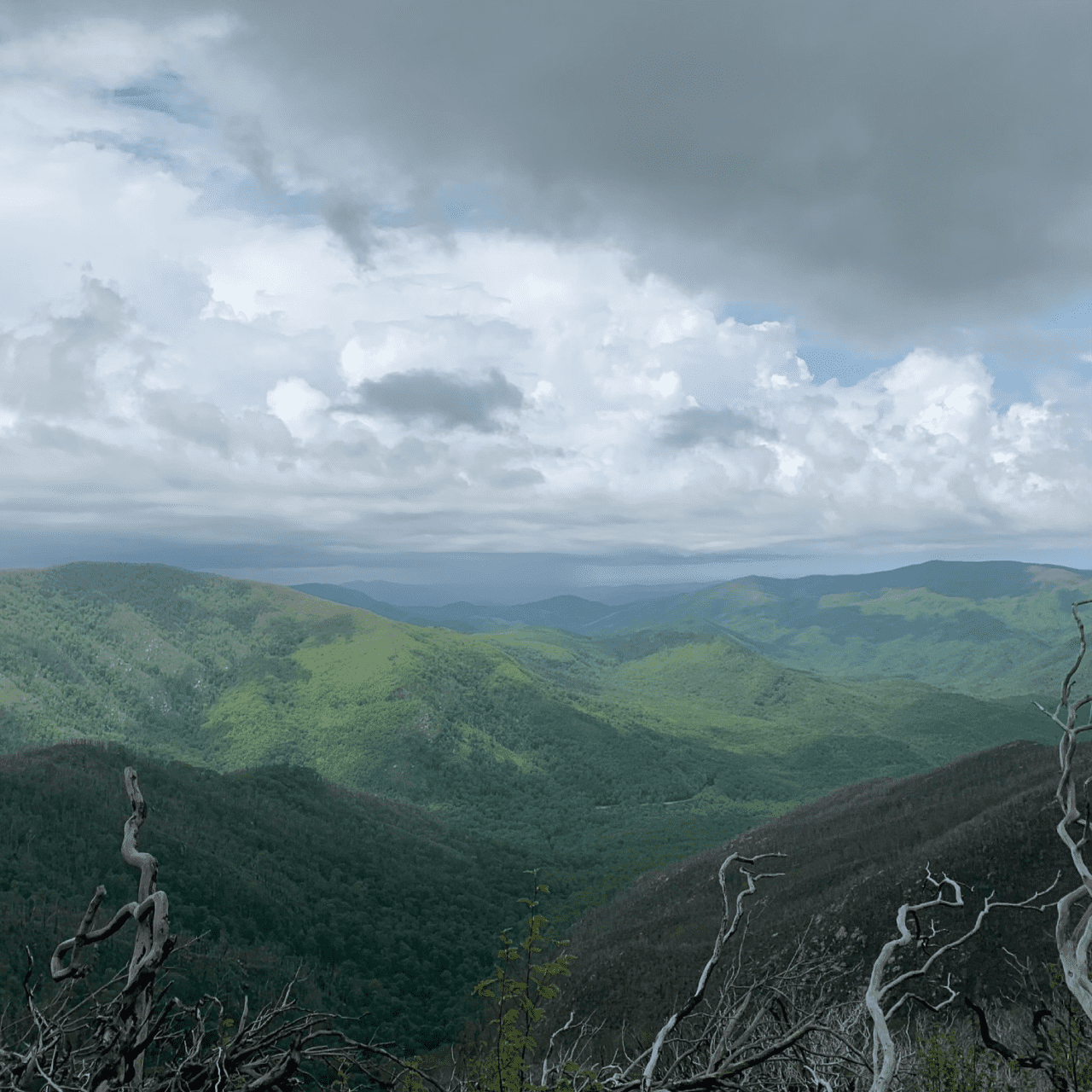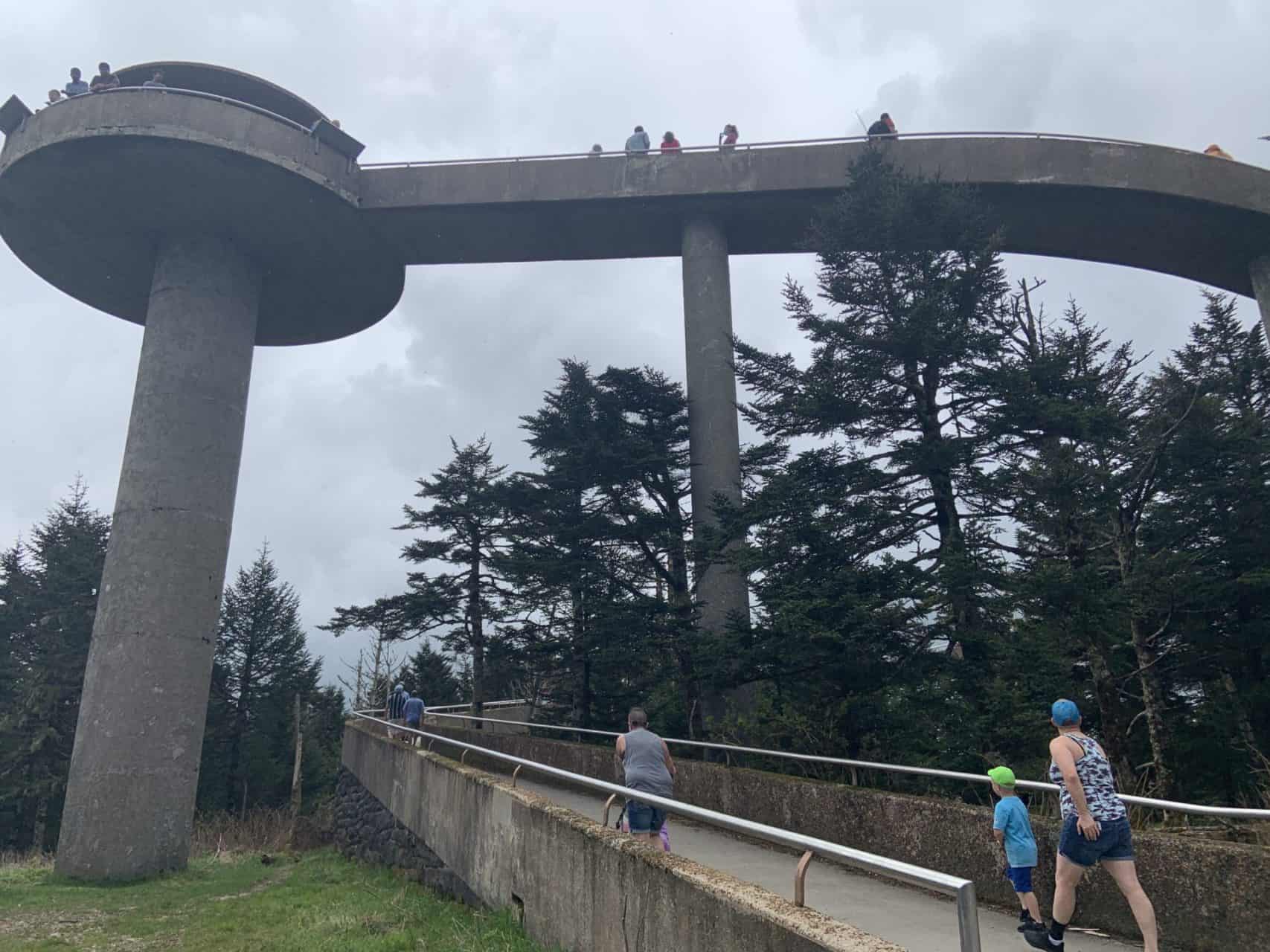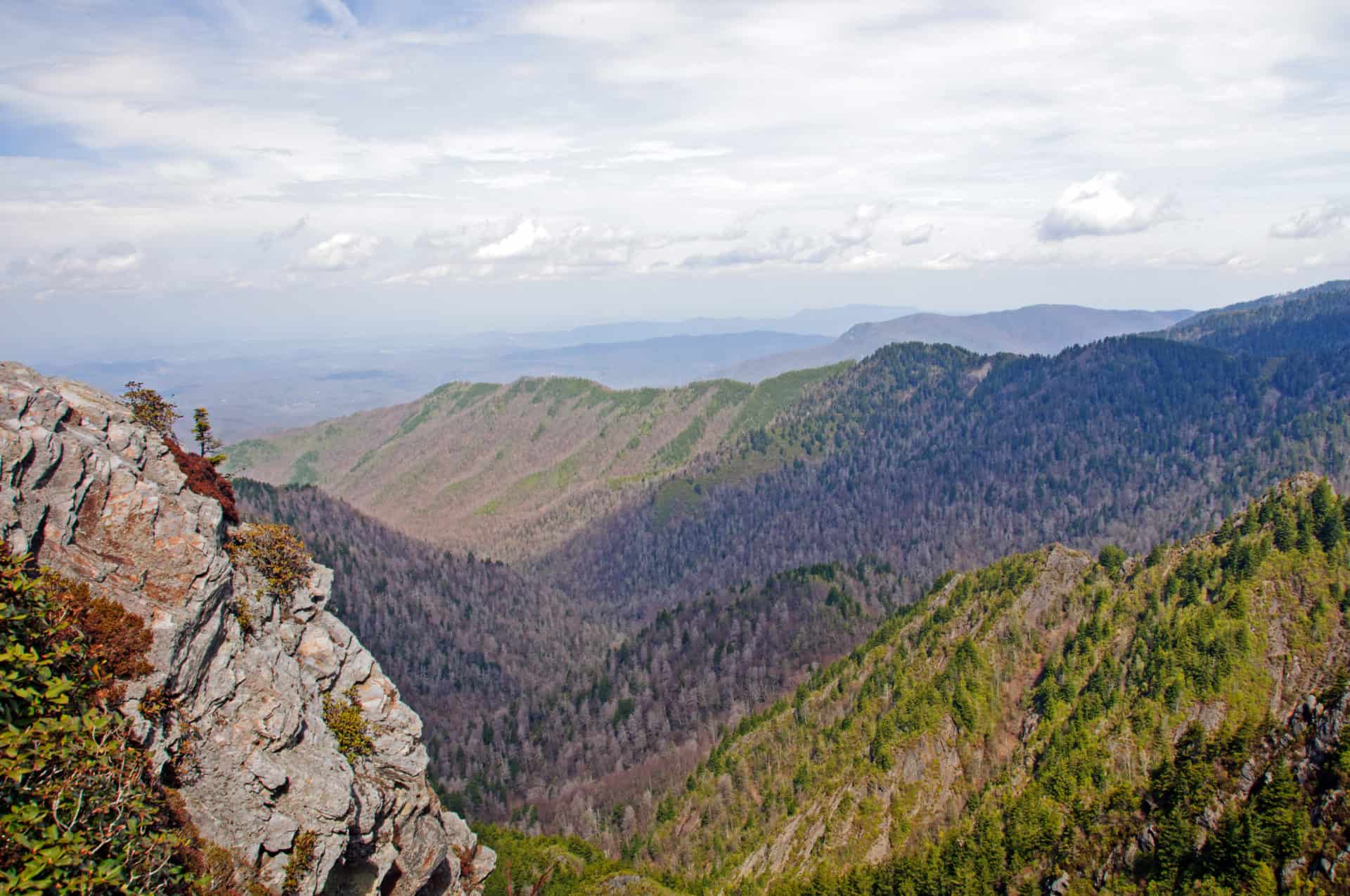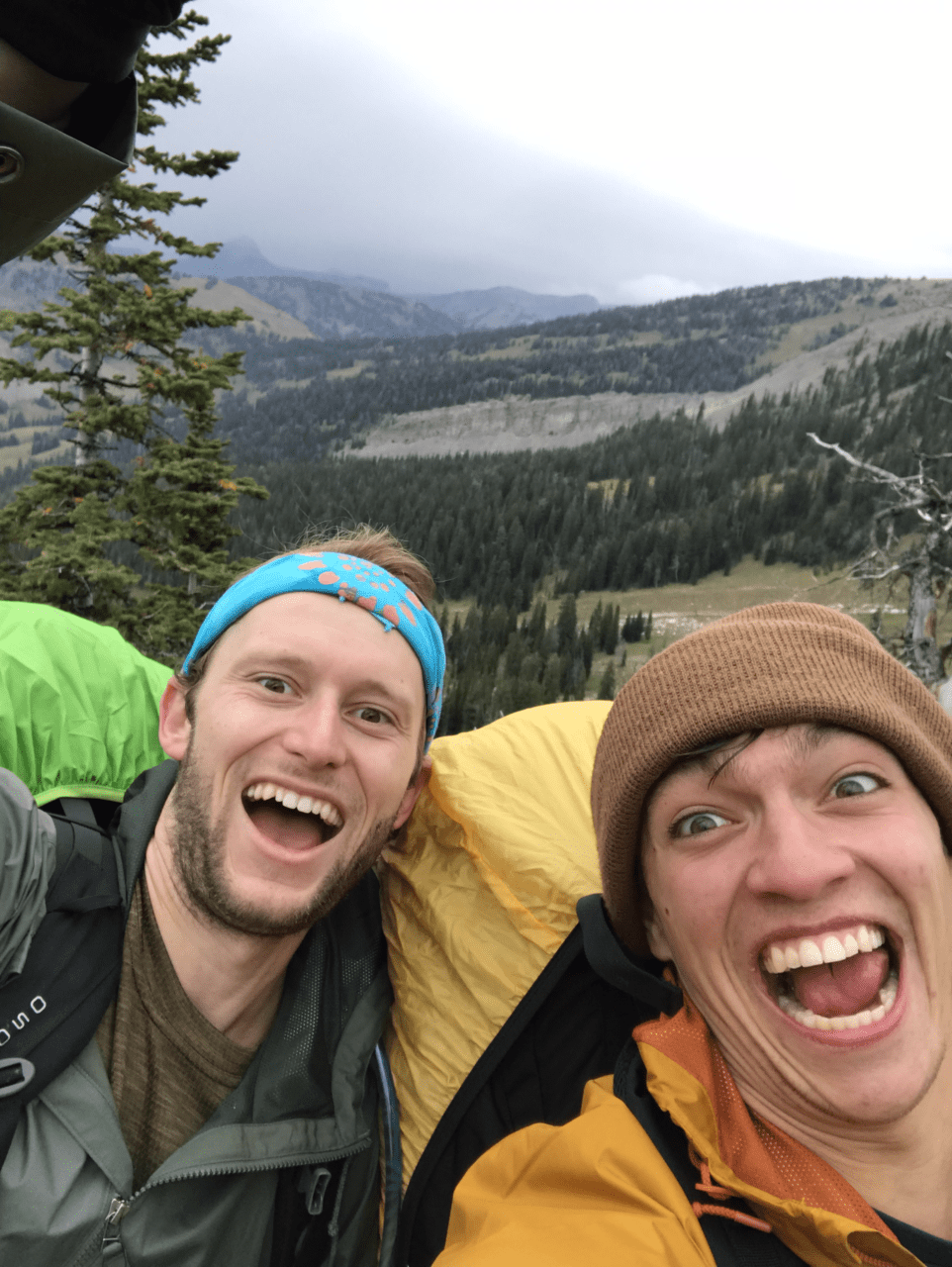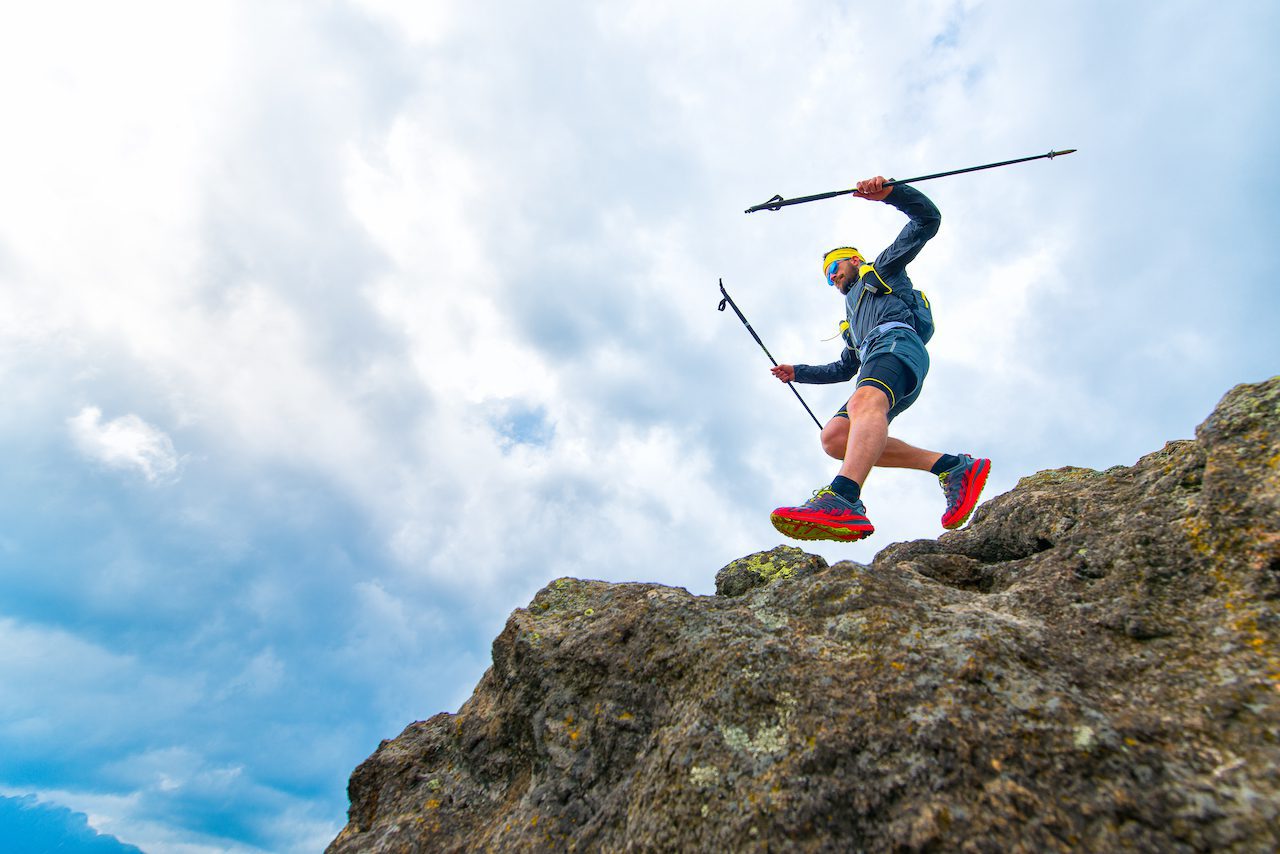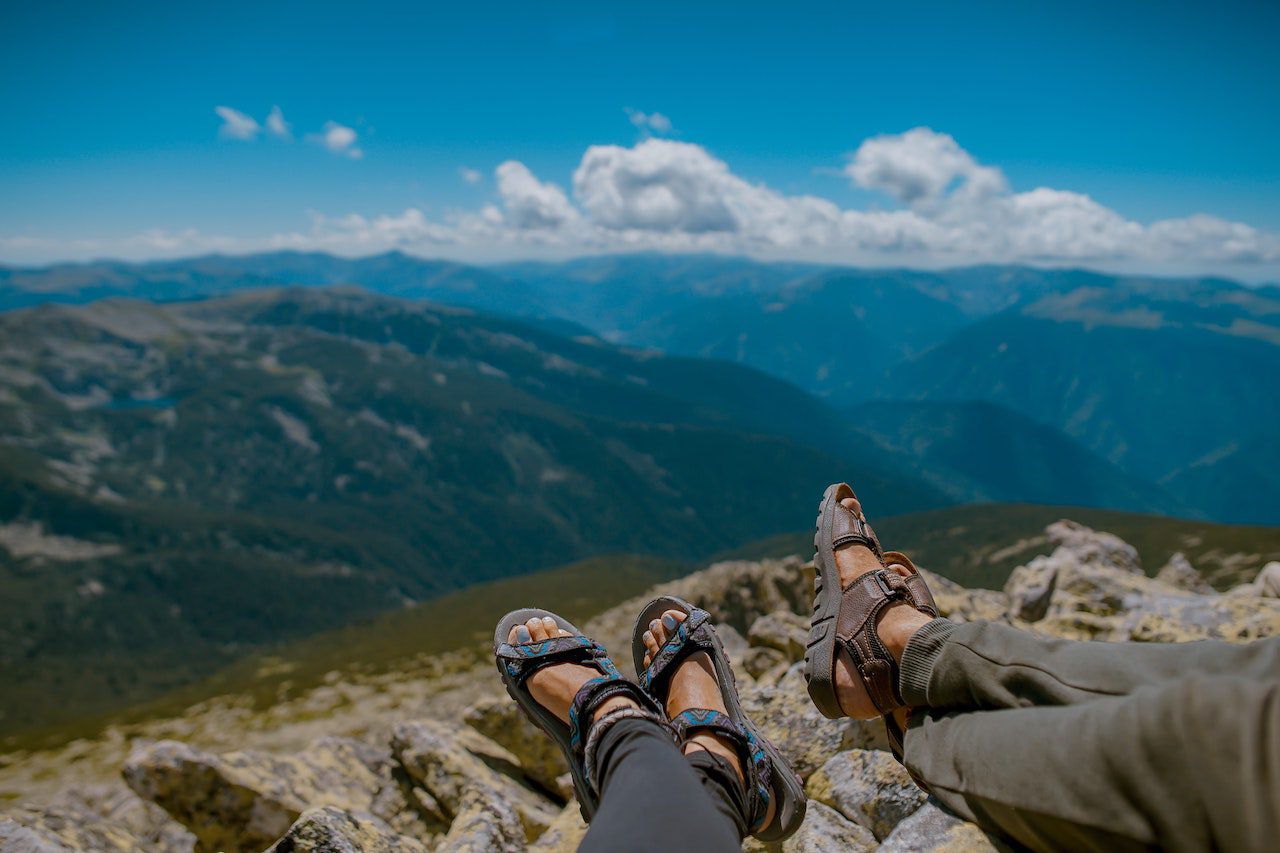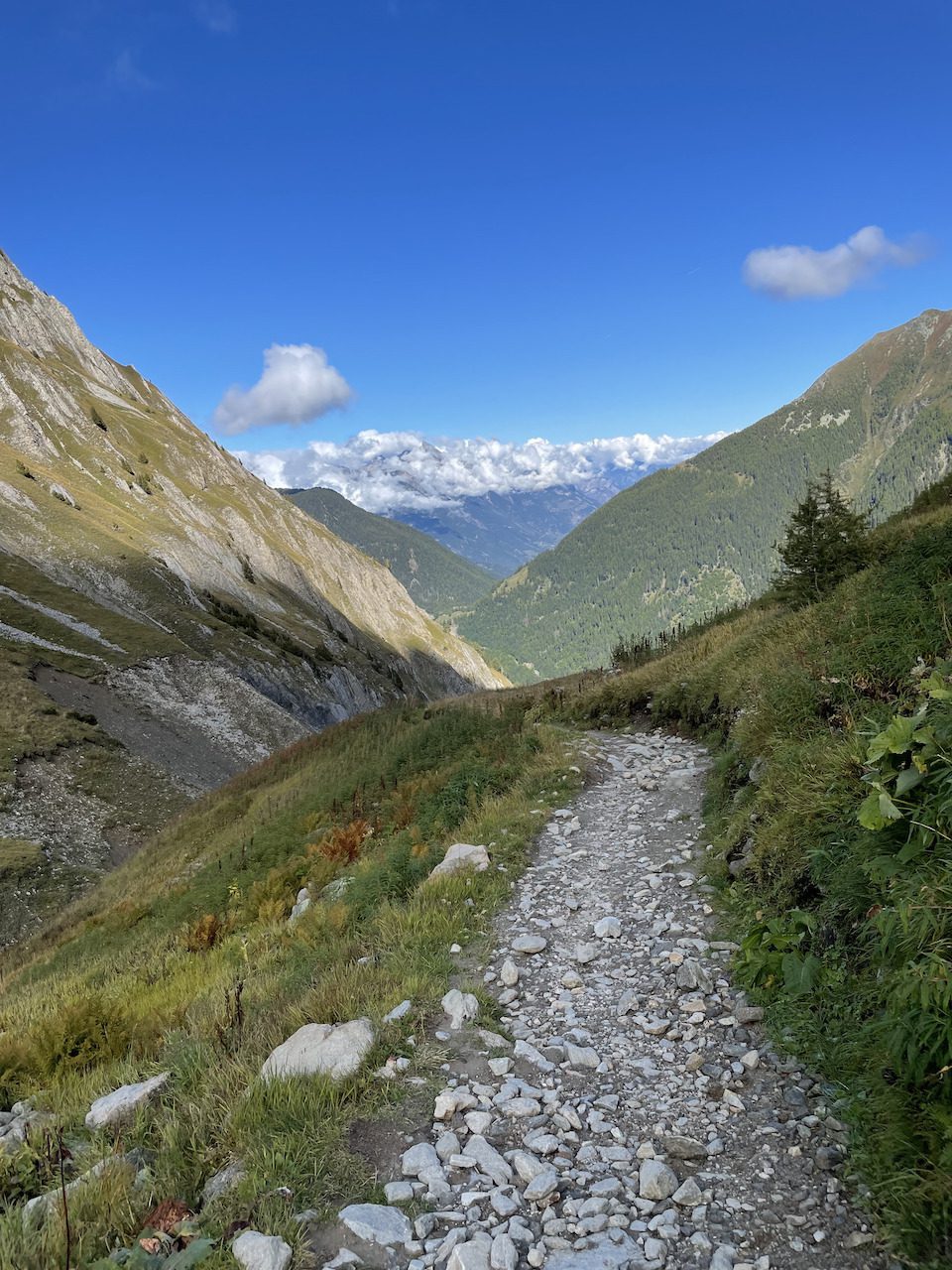Disclosure: Some links on this page are affiliate links, and if you go through them to make a purchase or a booking, I may earn a commission. Using these links DO NOT affect the cost of the product/booking. The price remains the same affiliate link or not.
9 Best Salty Hiking Snacks:
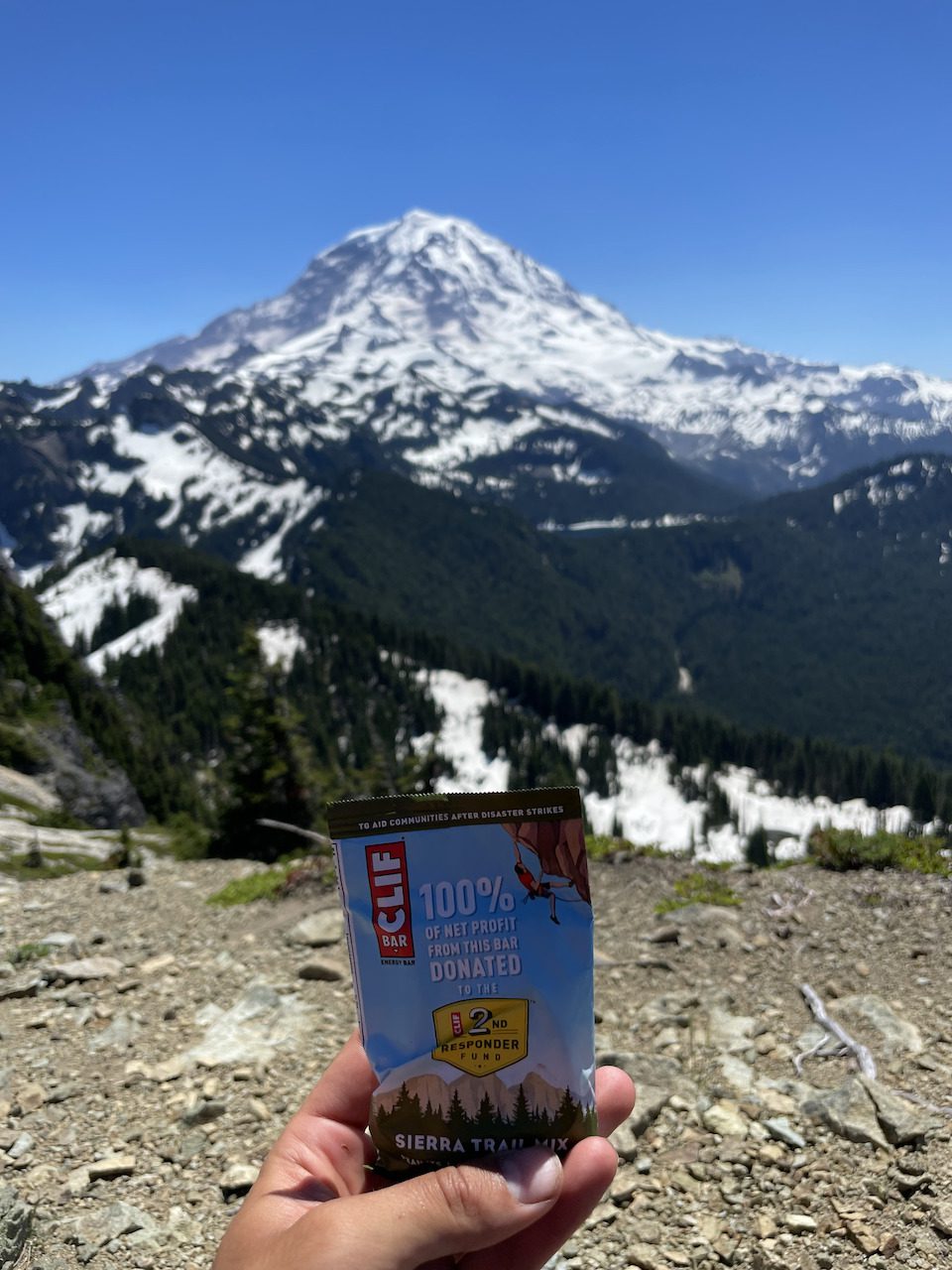
Whenever out on the trail, you need to make sure you are correctly refueling! I can talk about hiking and backpacking food all day, but let’s focus on salty snacks for now. We will go over the best salty snacks for hiking and why they are so essential to have when hiking.
Why You Should Eat Salty Snacks When Hiking:
Whenever performing an aerobic exercise such as hiking, you will burn calories and sweat. Therefore you need to ensure you are taking in adequate nutrients and water to match what your body is using up.
Sidebar- if you want to learn how to treat and carry your water when backpacking/hiking, check out this article.
Salty snacks are especially important because they help replenish the precious electrolytes we lose through sweating while also providing calorie & nutrient dense to keep our energy up when hiking.
What Nutrients Should You Have In Your Salty Hiking Snacks?
When you are in the grocery store picking up your last-minute snacks for your hiking trip, you want to grab snacks with a good nutrition profile. Specifically, what you want are snacks that are:
- Calorie & nutrient-dense: We want foods that pack a ton of calories and provide great nutritional value! Check out this article to learn more about calorie & nutrient-dense foods.
- High in sodium (aka salt): Replete those electrolytes!
- High in fiber: To help you go when on the go!
- Lots of carbs: Carbs are your friend when on the trail!
Best Salty Hiking Snacks:
Okay, now for what you have all been waiting for here is my entirely subjective list on the best salty snacks for hiking:
- Pretzels
- Peanuts
- Trailmix
- Granola bars
- Snickers
- Justin’s peanut butter
- Energy Chews
- Crackers
- Beef jerky
Pretzels
I go for a gluten-free option (because, celiac disease 🙁 ). These guys are salty and contain straight-up carbs. The only downside is that it is so easy for them to get crushed to bits in your pack!
Nuts
Nuts are super salty, rich in fats and protein, and come in various options, but my personal favorite is Trader Joe’s roasted almonds!
Trail Mix
These are one of my faves, and they can contain ANYTHING! Chocolates, raisins, peanuts, fruit, you name it, there’s a trail mix for it, and if not, you can make your own!
Granola Bars
One of the most popular snack options for hikers, and for good reason. Granola bars are a calorie and nutrient-dense food, with many brands available to choose from. I have always been a fan of Clif bars and will be to the day I die. They have a ton of flavor options, nutrients and are affordable, especially if you buy in bulk!
Snickers
I know what you might be thinking, why would I eat candy when I am doing a healthy activity like hiking? Remember, you are burning tons of calories when hiking or backpacking, so foods like snickers that are packed with sugars, calories, and salt are helpful to have on a long-distance hike. Also, come on, they taste amazing.
Justin's Nut Butter
Peanut butter, almond butter, cashew butter, oh my! Justin’s offers a variety of flavors with these on-the-go pouches. These little guys can be either a great addition to your morning oatmeal or can be enjoyed on their own straight out of the packet. While they are a bit more expensive, the taste is more than worth it.
Energy Chews
These gummies are specifically designed for endurance activities and come jam-packed with all your essential electrolytes and sugars needed for a long hike! The added bonus of these is that they are super small and easy to pack.
Crackers
Throw some peanut butter, cheese, or spread of your choice on these salty snacks, and you have an excellent mini-meal for whenever you need to stop and take a break. Again, avoid placing them at the bottom of the pack; otherwise, they will become dust.
Beef Jerky
High protein and salt content make this salty snack an excellent choice for your next hike. Warning not vegetarian!
Best Way To Pack Your Hiking Snacks:

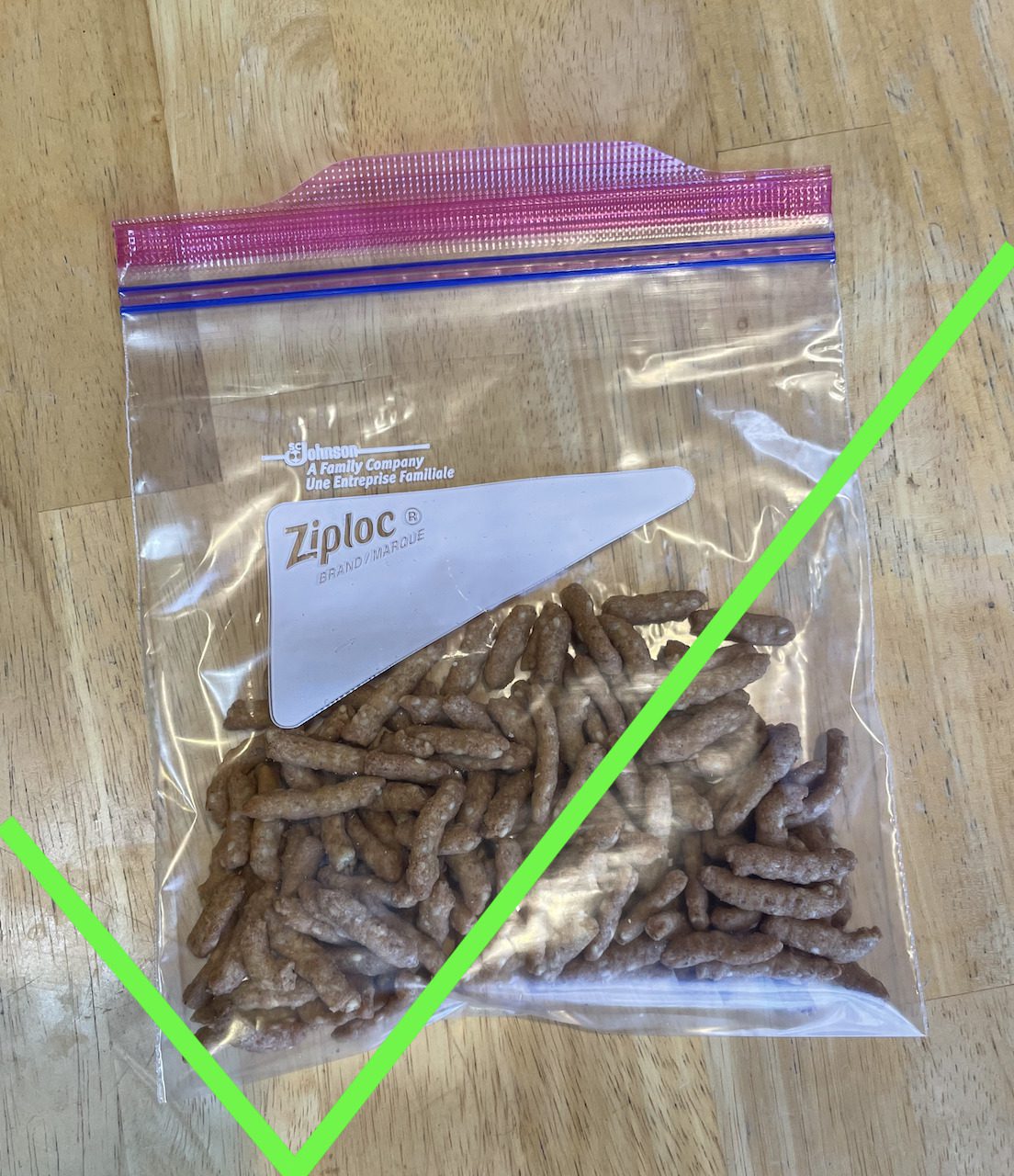
Okay, now that you have your snacks, the last thing we have to do is pack them in our pack. The biggest piece of advice I can give is DO NOT put snacks in a rigid plastic container directly in your pack. These types of containers are bulky and take up unnecessary space.
To avoid this common pitfall, switch your snacks from their containers to a ziplock bag, so you don’t have to deal with bulky containers when packing your backpack.
Don't Forget To Properly Store And Dispose Of Your Food!
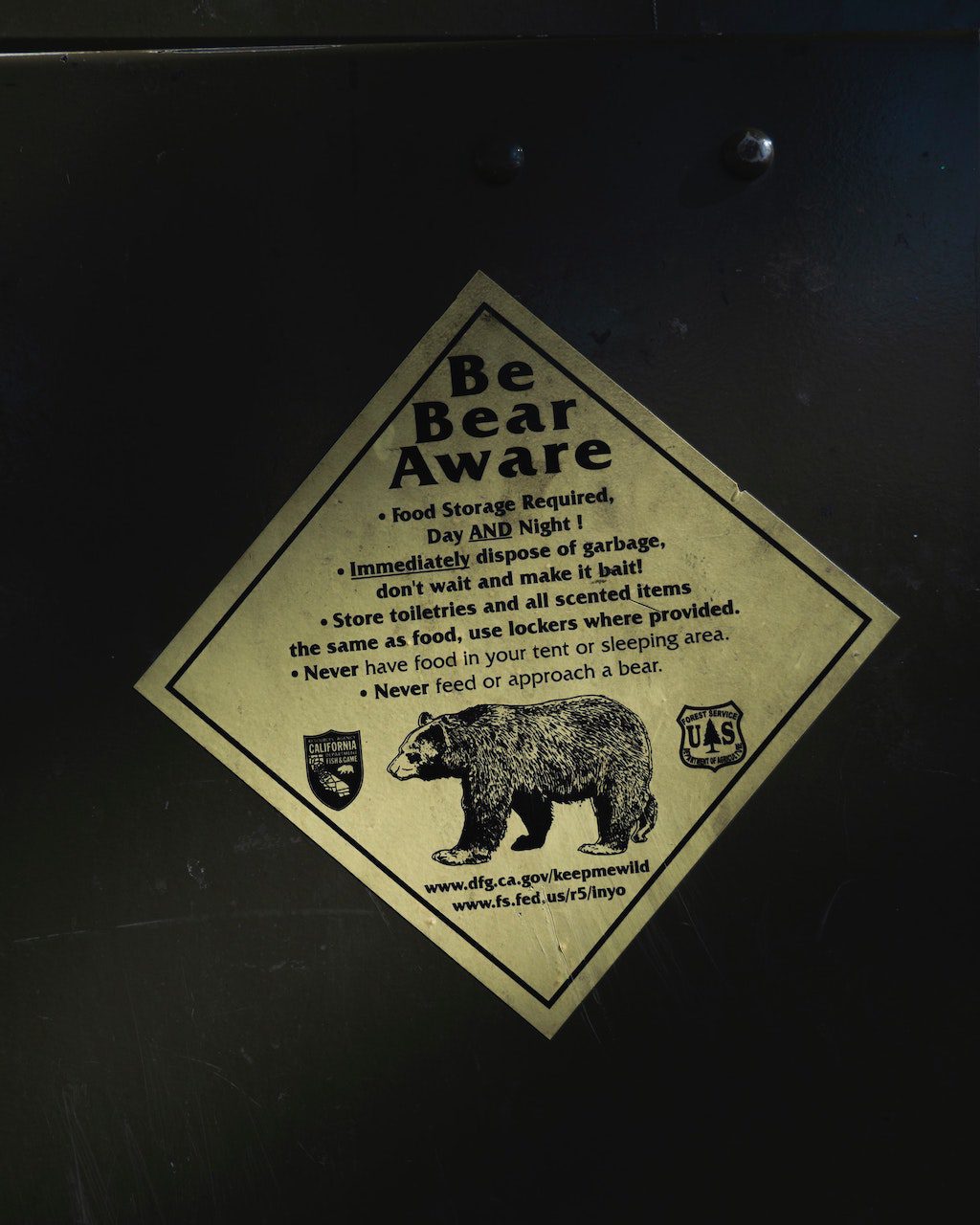
Make sure that you are following leave no trace principles, properly storing your food, and packing out your trash when on the trail. Check out our “how to store food while backpacking” post to learn more!











